Dieser Artikel ist auch auf Deutsch verfügbar. Click here to find out more about the Ukraine!
Towards the end of our trip through the Ukraine we were quite played out. The stress with Kiev and the detour to Lviv, the two days in Chernobyl, the 500 kilometers on the “best highway in the country” (Ha Ha) with a visit to the Museum of the Strategic Missile Forces… all this had left its marks.
We just wanted to relax, maybe hang around a beach for two or three days and do nothing. What a lucky coincidence that the Ukraine has access to the Black Sea and we had just arrived in Odessa 🙂
Useful information
Odessa (Одеса) is the third largest city in the Ukraine. Until the end of the 18th century, a Turkish fishing village called Khadjibey (Hacıbey) with a small fortress had been located here. During the Turkish-Russian War Khadjibey fell to Russia, and the advisers of the Russian Tsars saw a good opportunity to build a large sea port. The Black Sea was ice-free in winter, the coast around Odessa allowed for the landing of large fleets. In 1794, Catherine the Great ordered the construction of the city of Odessa and its port.
The founding of the city caused an unprecedented building boom. Within 20 years, the population increased by a factor of 15 and reached nearly 20,000 people. Italian and French planners and architects gave the city center a checkerboard-like street pattern with typical European buildings. Since there are no mountains in the area, the building material was mined underground. The resulting tunnels now form the ~2,500 kilometer long catacombs of Odessa.
The 20th century brought less positive events with it. The Russian Revolution and the simultaneously occurring mutiny of the crew of the battleship “Prince Potyomkin of Tauria” (Князь Потёмкин Таврический) ended with in a bloodbath in the streets of the city center in 1905. The famous silent movie Battleship Potemkin is based on the events of that time. The October Revolution, the Russian Civil War, a crime wave in the 1920s, the famine caused by the Soviets in 1932/1934, and the Second World War followed. In the 1960s and 1970s, many citizens emigrated or moved to cities with better prospects, such as Moscow or Leningrad.
In comparison to the Crimean Peninsula, Odessa always lost out as both a port and tourist destination. This has changed since the annexation of Crimea by Russia, though. The other Ukrainian ports are being repeatedly harassed by Russian warships, and for tourists getting to Crimea via Russia is now much more complicated than the mostly visa-free entry into the Ukraine.
I can recommend the following sights:
- Vidrada beach (Відрада)
- Lanzheron beach (Ланжерон)
- Suvorivska Alley (Суворівська алея)
- Passenger Port (Одеський морський порт, Odeskii Morskii Port) and Vorontsov Lighthouse (Воронцовський маяк)
- Potemkin Stairs (Потьомкінські східці, Potjomkinśki S’chidzi) and Funicular (Фунікулер, Funikuler)
- Amusement Park (Одеський лунапарк, Luna Park)
- Deribasivska main road (Дерібасiвська вулиця)
- The catacombs (several different locations)
Most of the city center is walkable. The tram and the trolleybuses don’t run there anyways, and we also had quite some problems finding a reliable route map.
Breakfast at the beach
We stayed at the centrally located Arnautsky Hotel for 26,50 Euros per night and room. Not a bad price for large, pleasant rooms in the middle of summer. Breakfast was not included, but we wanted to have breakfast at the coast (about one and a half kilometers away) anyways.
What they served us at Restaurant Palma (Пальма) on Vidrada beach for 250 hryvnia (about 8 euros) should rather have been called brunch or even lunch, though… 😯
The beaches were packed. North of the Vidrada beach lie the well-known Lanzheron beach, the club hotels Nemo (Немо) and M1 and then the harbor. In the southern direction one can walk from beach to beach for about 12 kilometers.
On our way northwards I managed to take some good snapshots again 🙂
Harbor and lighthouse
The freight port is the largest in all of Ukraine and one of the largest on the Black Sea. The terminals and industrial facilities stretch along the coast for more than ten kilometers, and of course they are not very good-looking. The terrace behind the passenger terminal and the gigantic four-star Hotel Odessa is quite suitable for a look at the sea, though.
In addition to excursion boats, ferries to Istanbul and Yevpatoria in Crimea leave from the passenger terminal. Poti and Batumi (Georgia) and Varna (Bulgaria) can be reached via the port of Chornomorsk, about 20 kilometers south of Odessa.
The Vorontsov lighthouse has been located at the end of a long pier in front of the harbor entrance since 1888. At night, the light on the 27-meter-high tower blinks three times in quick succession, thereby transmitting the Morse code of the letter O for Odessa.
Unfortunately, the pier to the lighthouse is not accessible to ordinary visitors. The view from out there would probably have been very nice! 🙁
At sunset there were many beautiful perspectives to be photographed in and around the harbor. The water was clean and deep blue, the rusted piers glowed red and yellow. But the building itself also had its own charm.
The port also has several railway terminals. A nice reunion with the old Russian diesel locomotives of the series ChME3 (ЧМЭ3). When such a monster drives past, everything in the wider area starts to wobble 🙂
Potemkin Stairs and Funicular
You might not have expected it, but downtown Odessa is located on a plateau 30 meters above sea level. In the 1830s it was therefore decided to have a huge staircase down to the harbor built. Several architects played out all possible optical tricks. From the top you can see only the broad landings, but not the steps. From the bottom you can see only the steps, but not the landings. Because of the different widths of the upper and lower sides, the staircase always appears to have the same width for pedestrians, but the city at the top appears even larger than in reality. The sandstone from Trieste was so expensive that the contractor was almost ruined – the city paid him only after completion.
Because of its role in the movie “Battleship Potemkin”, the staircase became world famous in the 1920s and became the landmark of the city. Many tourists only traveled to Odessa to see the original location from the movie.
If you are too lazy to walk, you can also take the funicular for the “hefty” price of 3 Hryvnia (about 10 Euro-Cents). The funicular was put into operation in 1902 and looks very old, but this is not the original. The Soviets had replaced the old funicular with escalators in 1969. The new “old” funicular was built in 2005.
That’s probably also why there is a colorful mixture from all historical epochs among the prohibition signs 😉
On the streets of Downtown
The touristy parts of the city center were still in good shape, but apart from that there was little left of the splendor of the 19th century. Most Ukrainians simply cannot afford the maintenance of the houses or have moved away. The average wage is only 10,000 Hryvnia (about 300 Euros) per month, half of the population has to do with 3,200 to 6,000 Hryvnia (100 to 190 Euros). Since the abolition of the visa requirements for Ukrainians traveling to the European Union, on average at least 100,000 people per month are said to have left the country.
But not just the houses were old and broken – in Ukraine everything was old and broken. Streets, buildings, vehicles. It is often said that the Germans sell their used vehicles to Poland and Romania, and what is no longer needed in Poland and Romania ends up in the Ukraine. I can basically confirm that. On the highway we had even seen old trucks from Britain and the US – nobody would drive them in Europe if they didn’t really have to 😯
In the city center there were again many nice opportunities for good snapshots.
The city’s main pedestrian street is the about one kilometer long Derybasivska Street. On the weekend it was full of people. The tourists were attracted by the countless restaurants and cafes, the urban population came forevents and open air live music, and the children were interested in the street vendors and pony rides.
A wonderfully crazy environment for some street photography 😉 Even better than in Lviv…
But funny costumes have their own tradition in Odessa. Every year around the 1st of April the Humorina Festival (Гуморина) takes place. The highlight is a costume parade through Deribasivska Street accompanied by thousands of onlookers, roughly comparable to the Carnival in Germany.
At the Amusement Park at night
Like most other ex-Soviet cities, Lviv also has its own “Luna Park”. The rides didn’t seem to date back to Soveit times time, but it looked like “discarded” fairground rides from Europe had been used. I have no other explanation for some signs…
(The sign says “Please put the ride tokens in the children’s hands” in German)
The park was well equipped and rather modern. The Ferris wheel was the highest in all of Ukraine when we visited.
Highly popular with young people in Germany as well: the wild “Magic” carousel. Also a very rewarding object for photographers, especially if you happen to have the tripod at hand 🙂
Like at the Fish Festival in St. Petersburg, the motto seemed to have been “You have to have fun with what you have”. The laser skill game would probably still be accepted as up-to-date in Germany, but …
…the “flight simulator” probably not. Put on the “3D googles”, insert the mobile phone, play the film, and the young man with his strong arms ensures you feel the external forces at the right moment. Very interesting to look at, but rather dubious fun 😉
The catacombs
The biggest attraction in Odessa, from my point of view, are the catacombs. Because there is so much to see they deserve their own article. Here’s a little preview… 😯
This post was written by Simon for One Man, One Map. The original can be found here. All rights reserved.

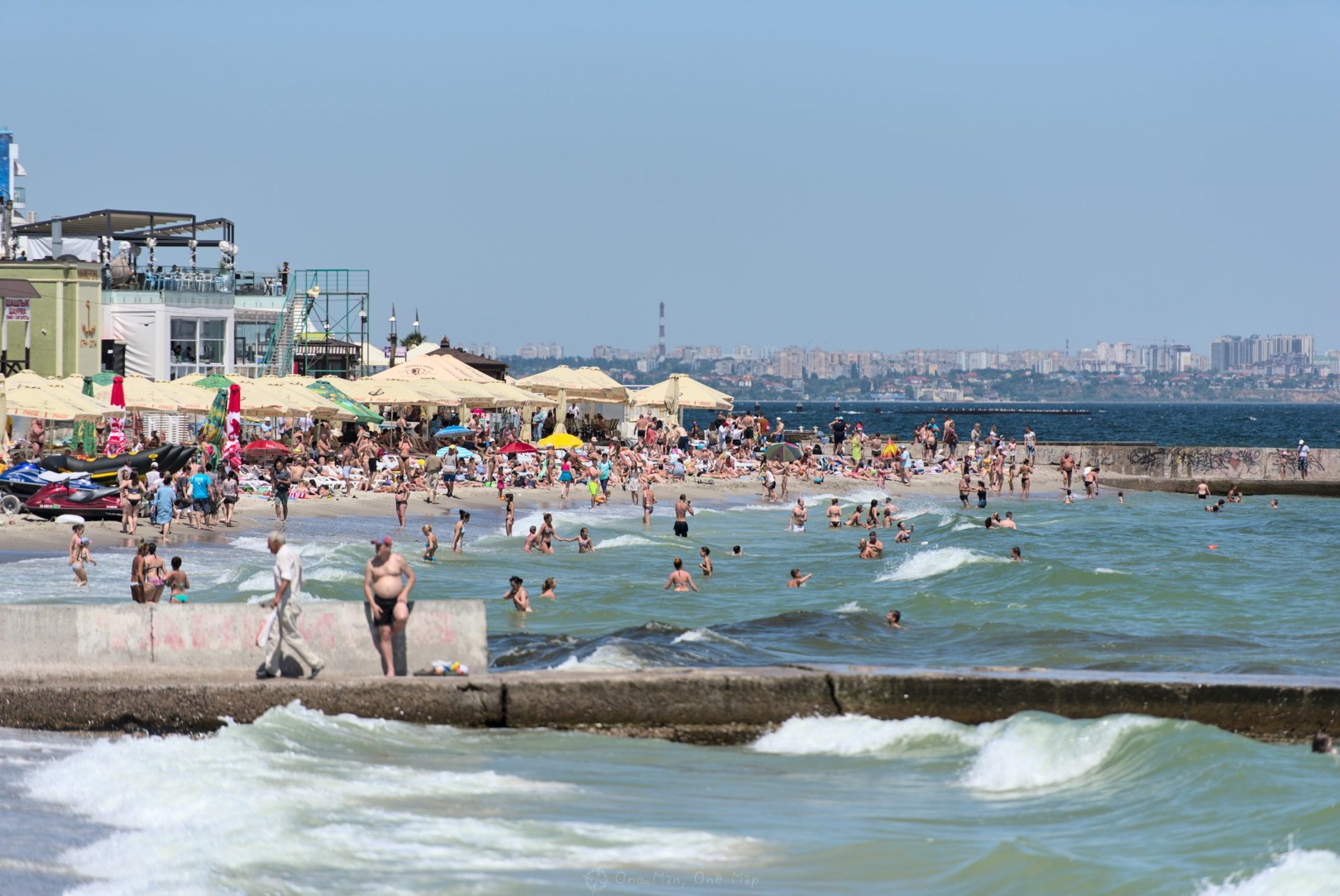
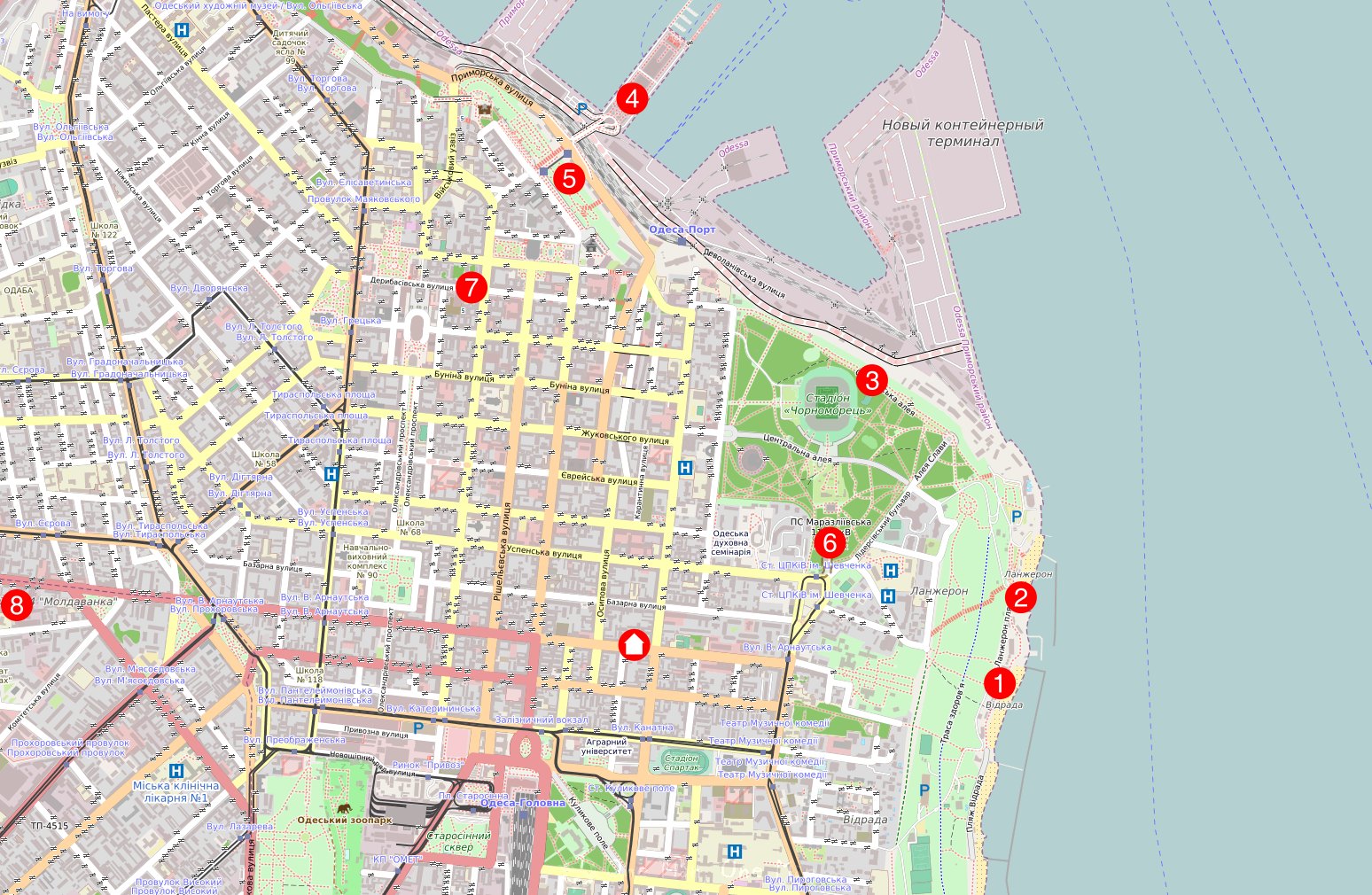
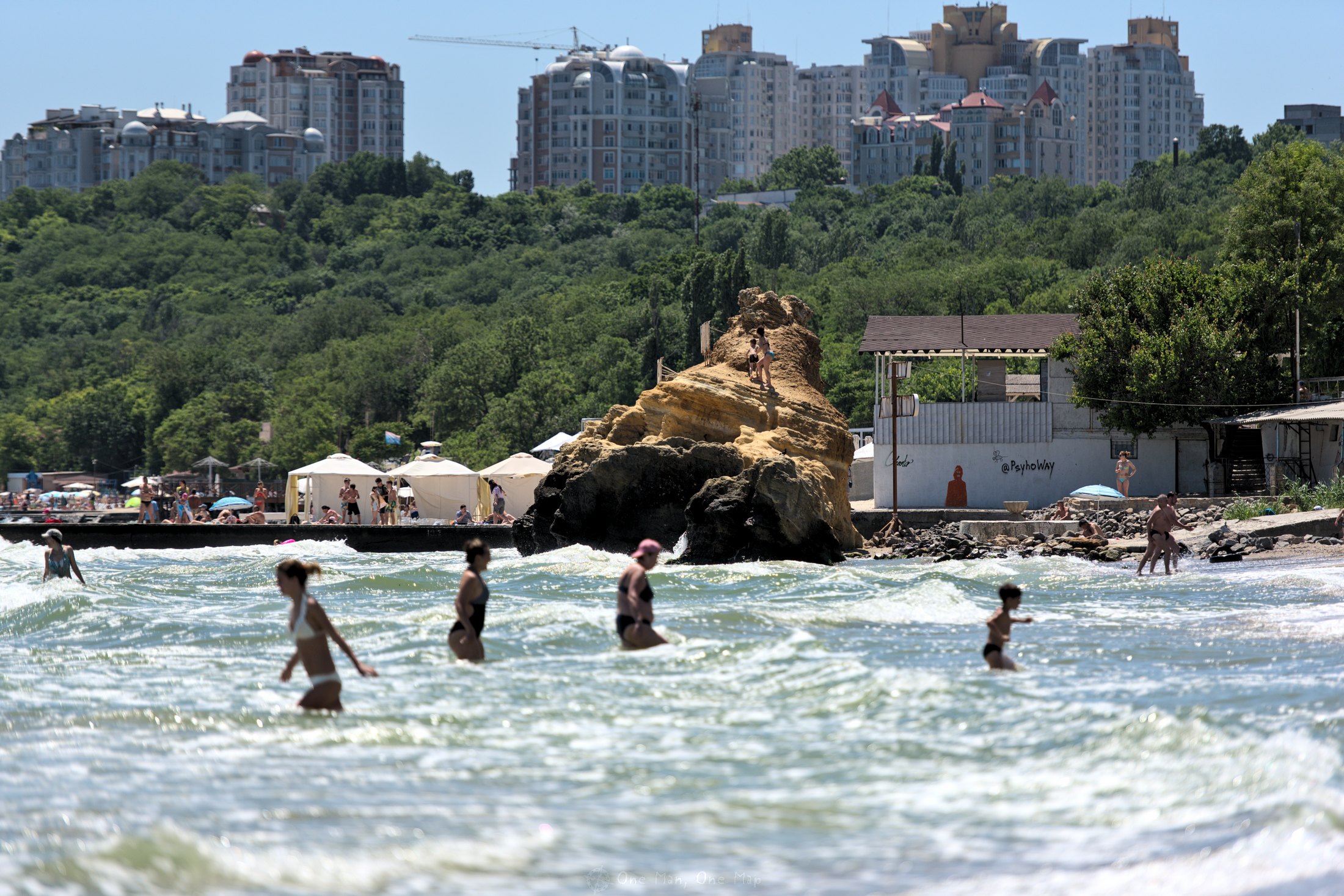
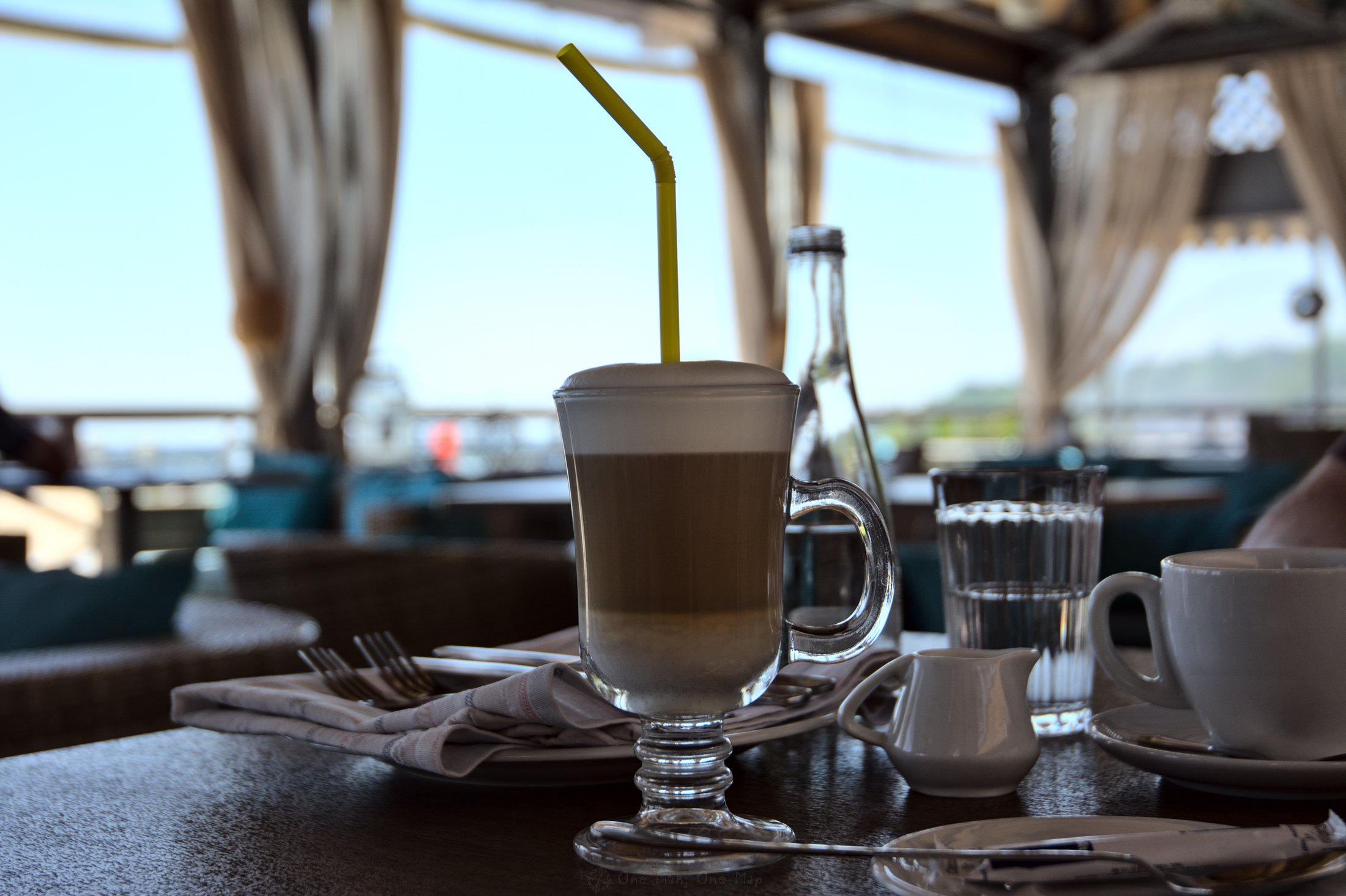
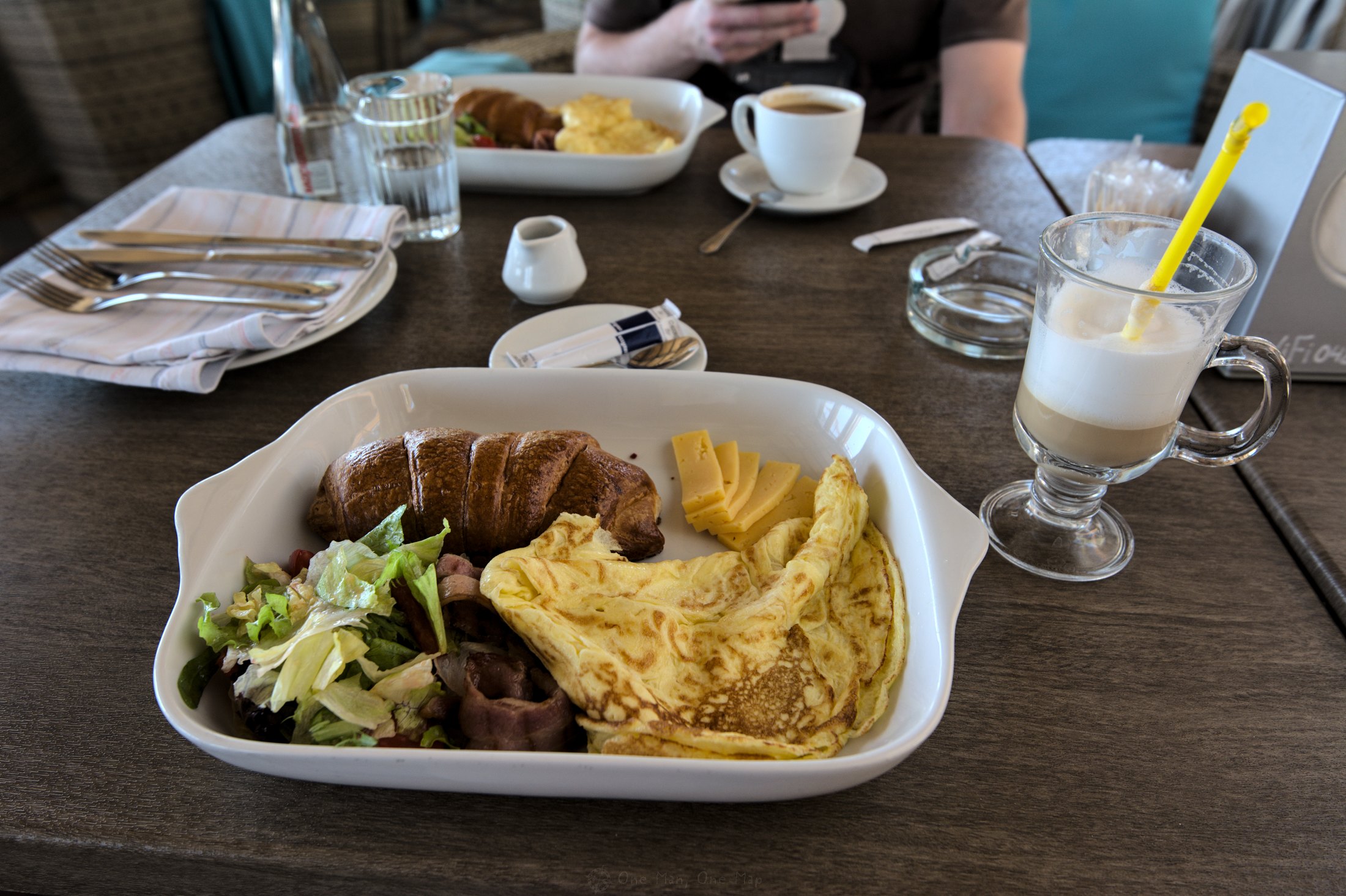
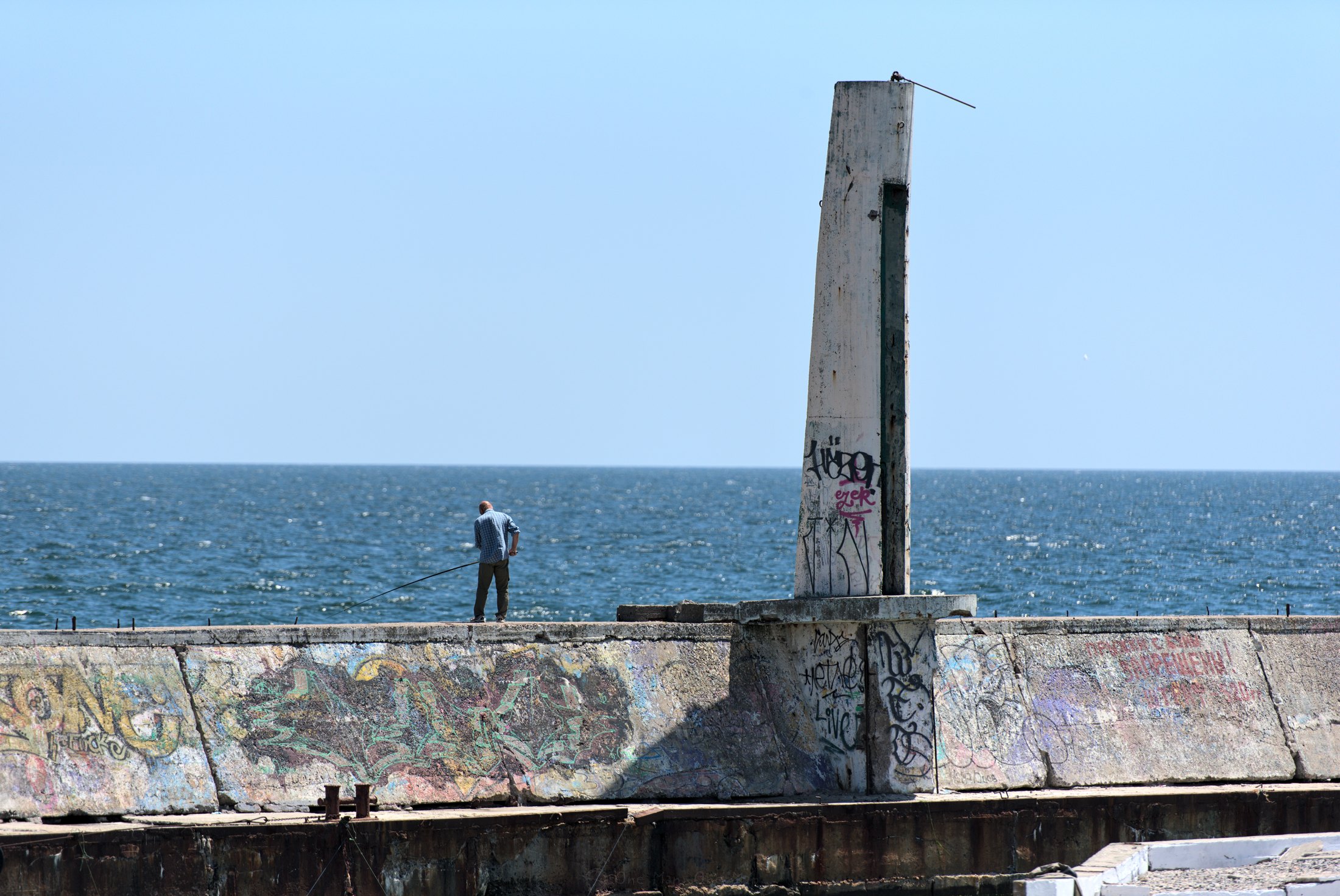
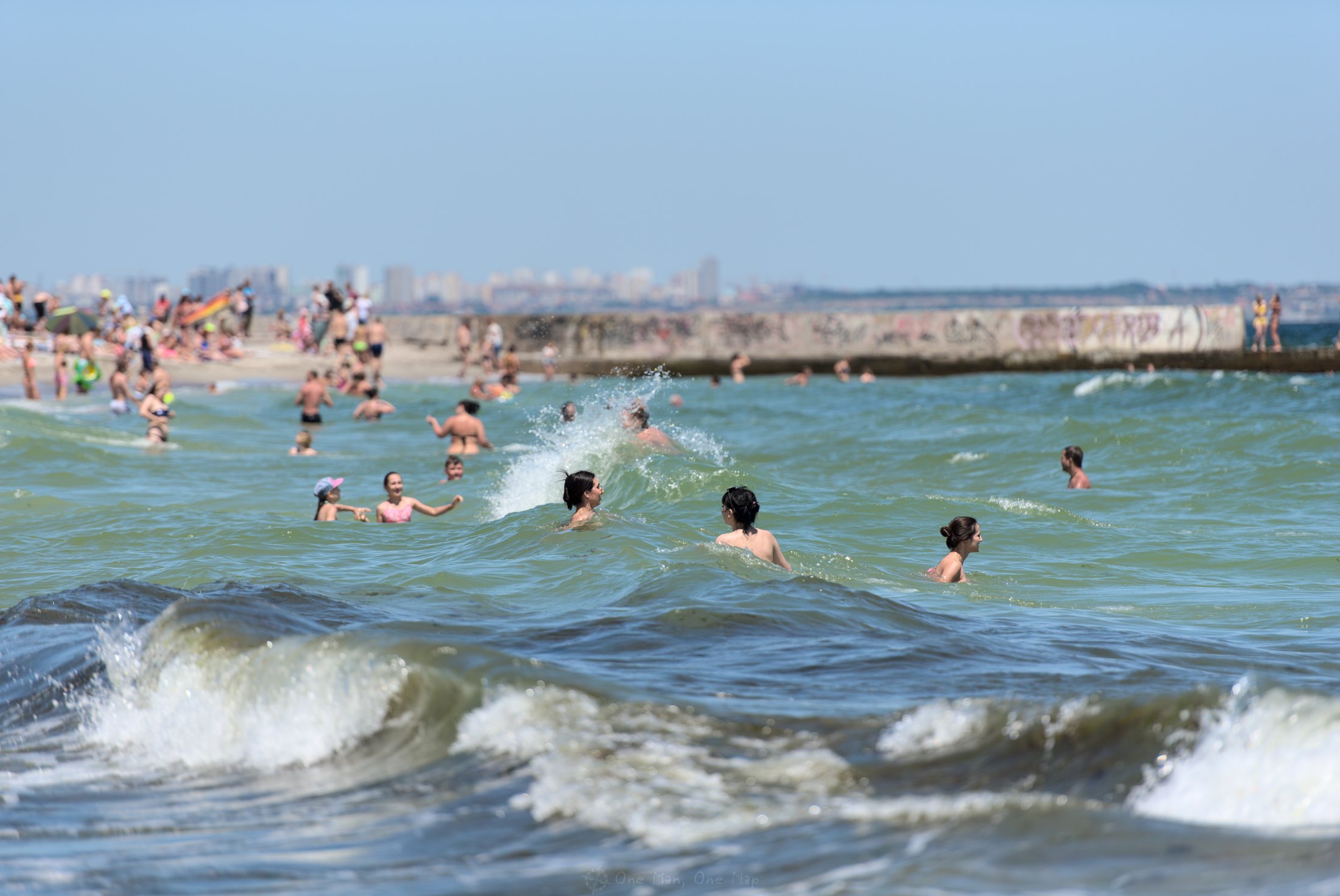
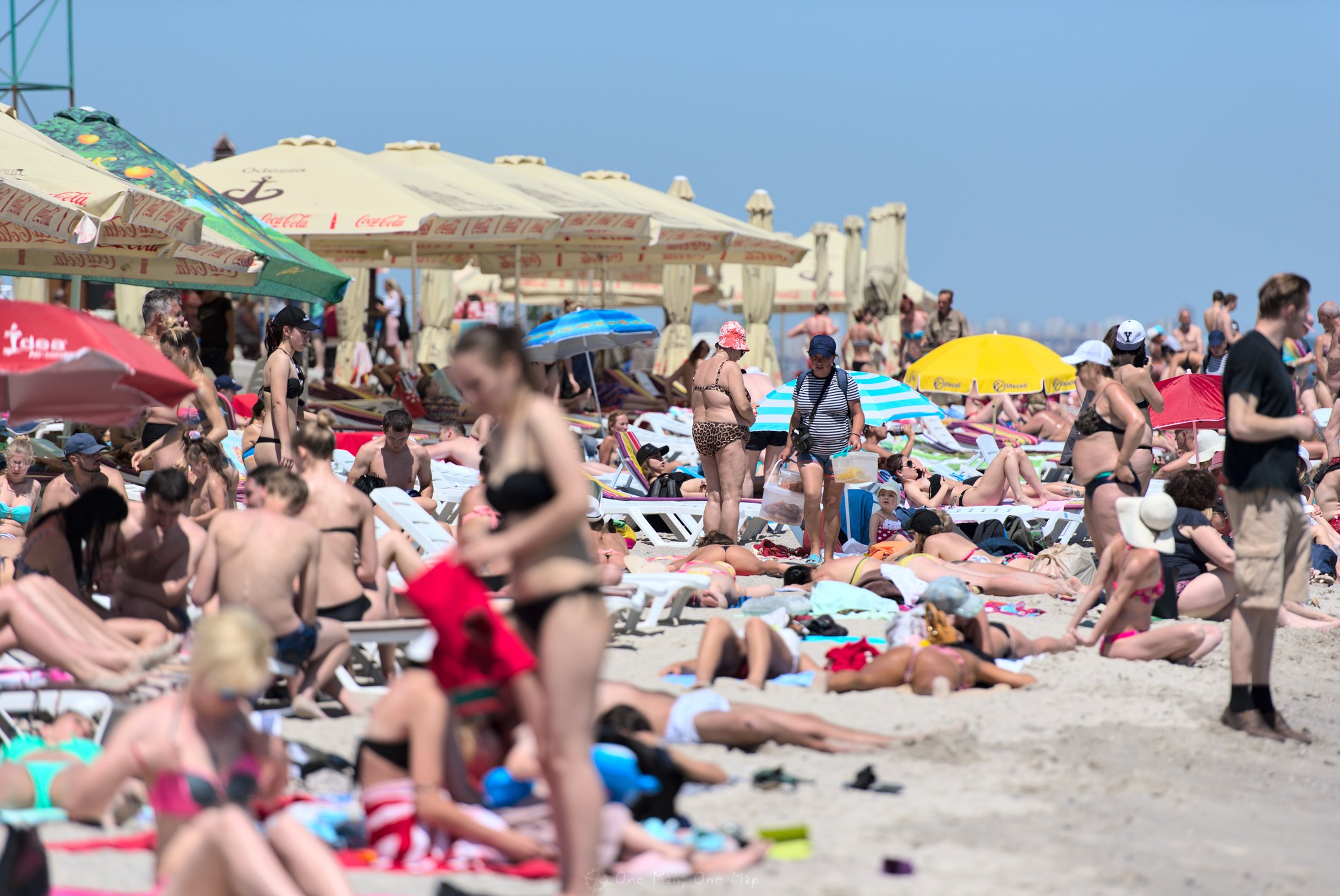
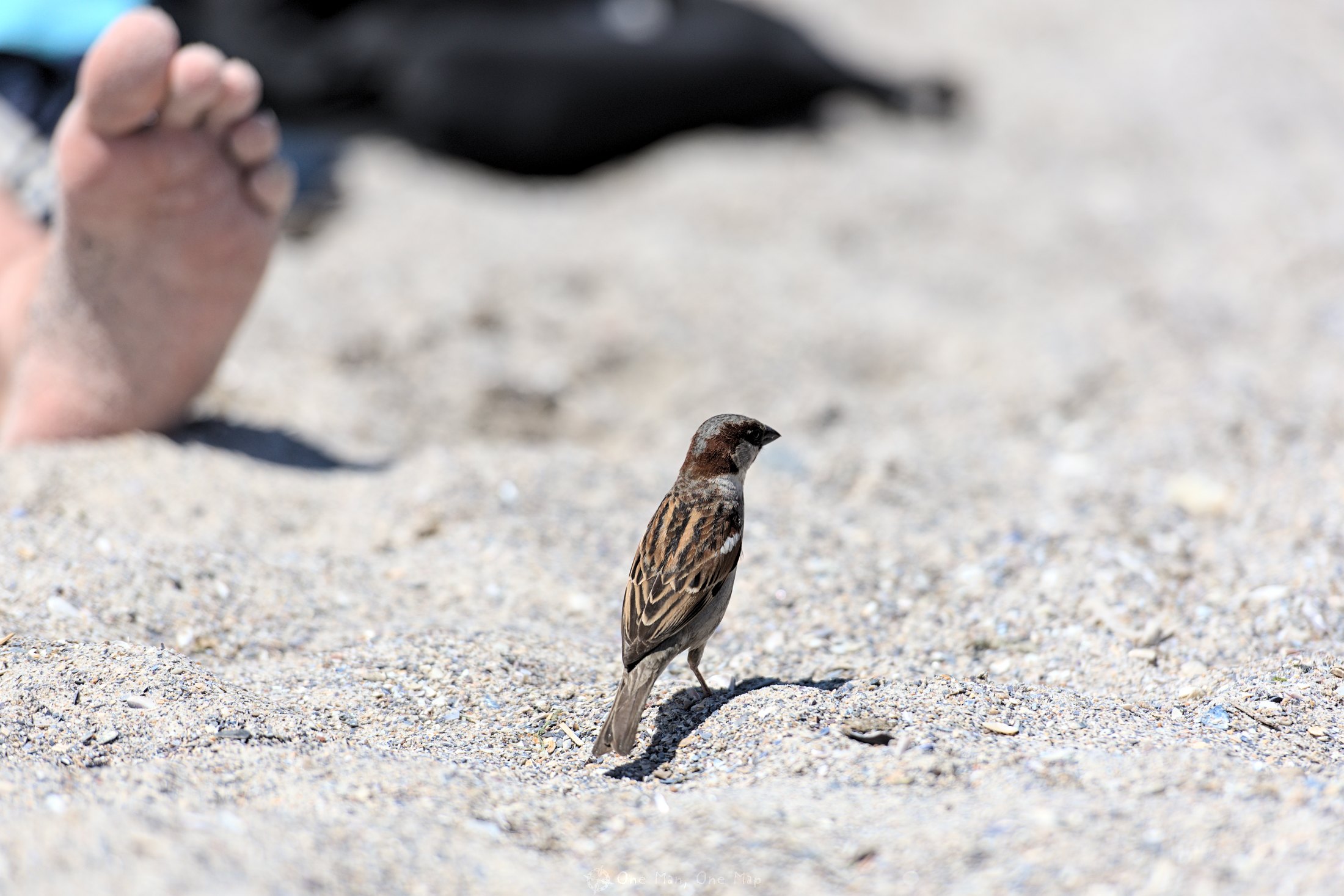
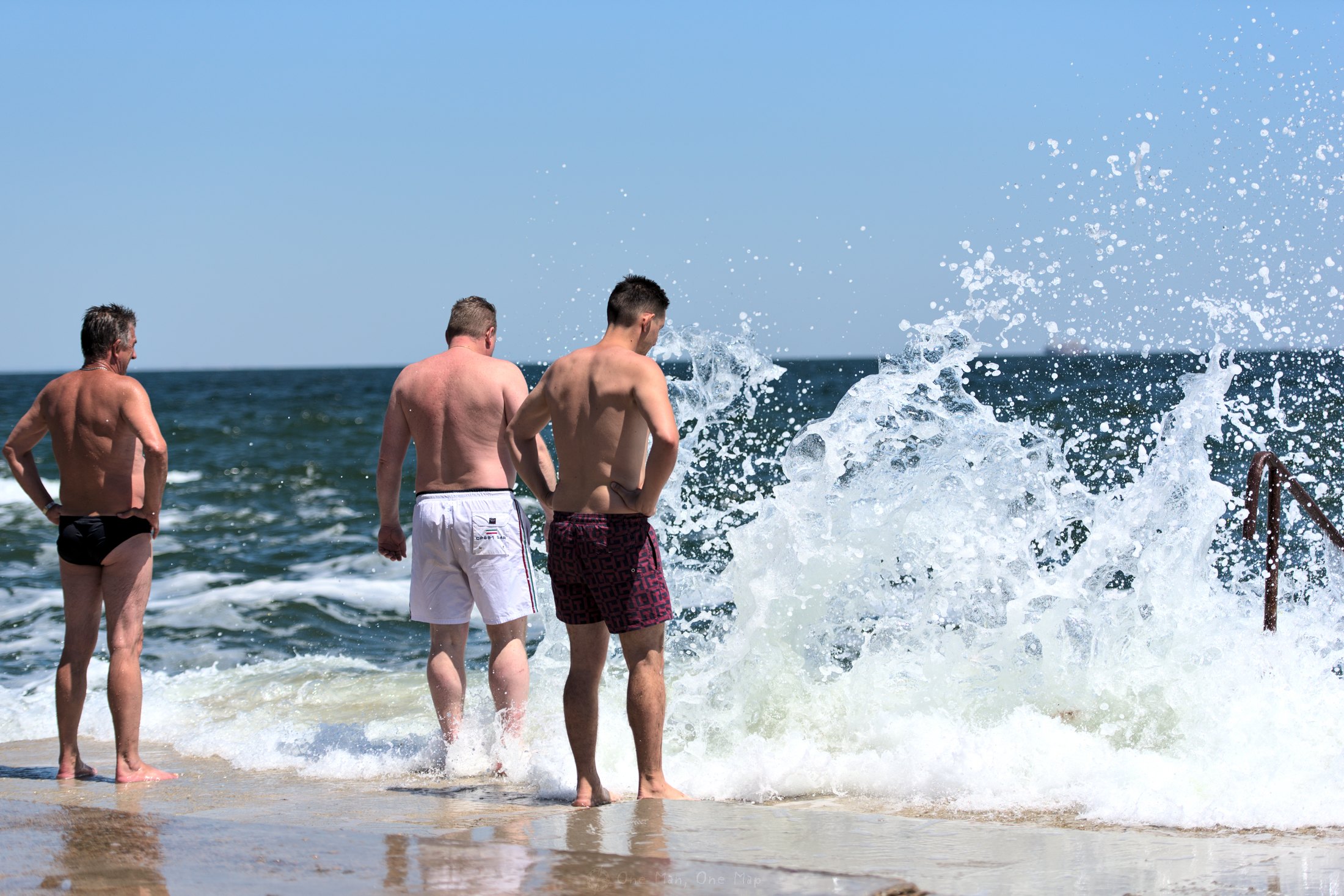
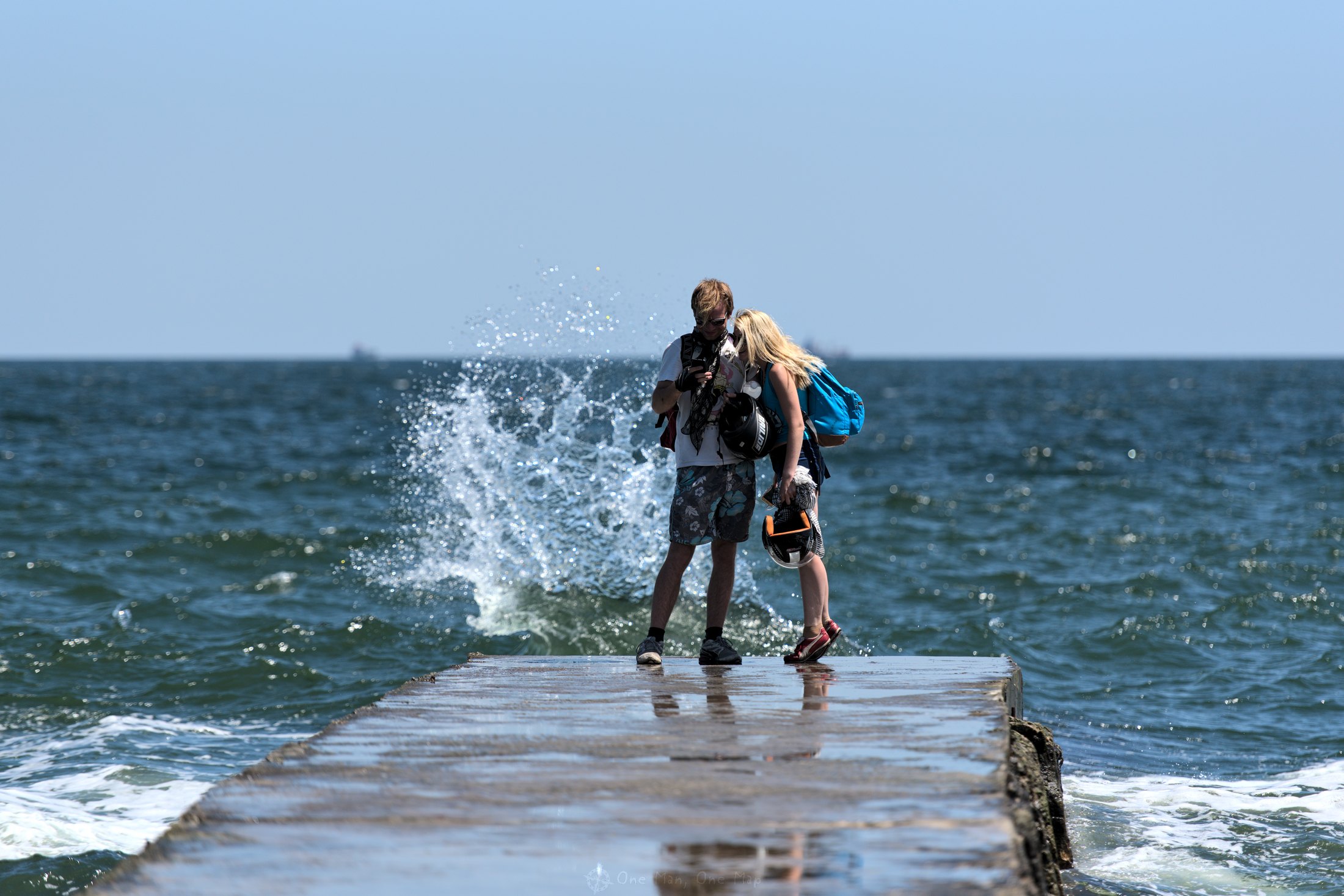
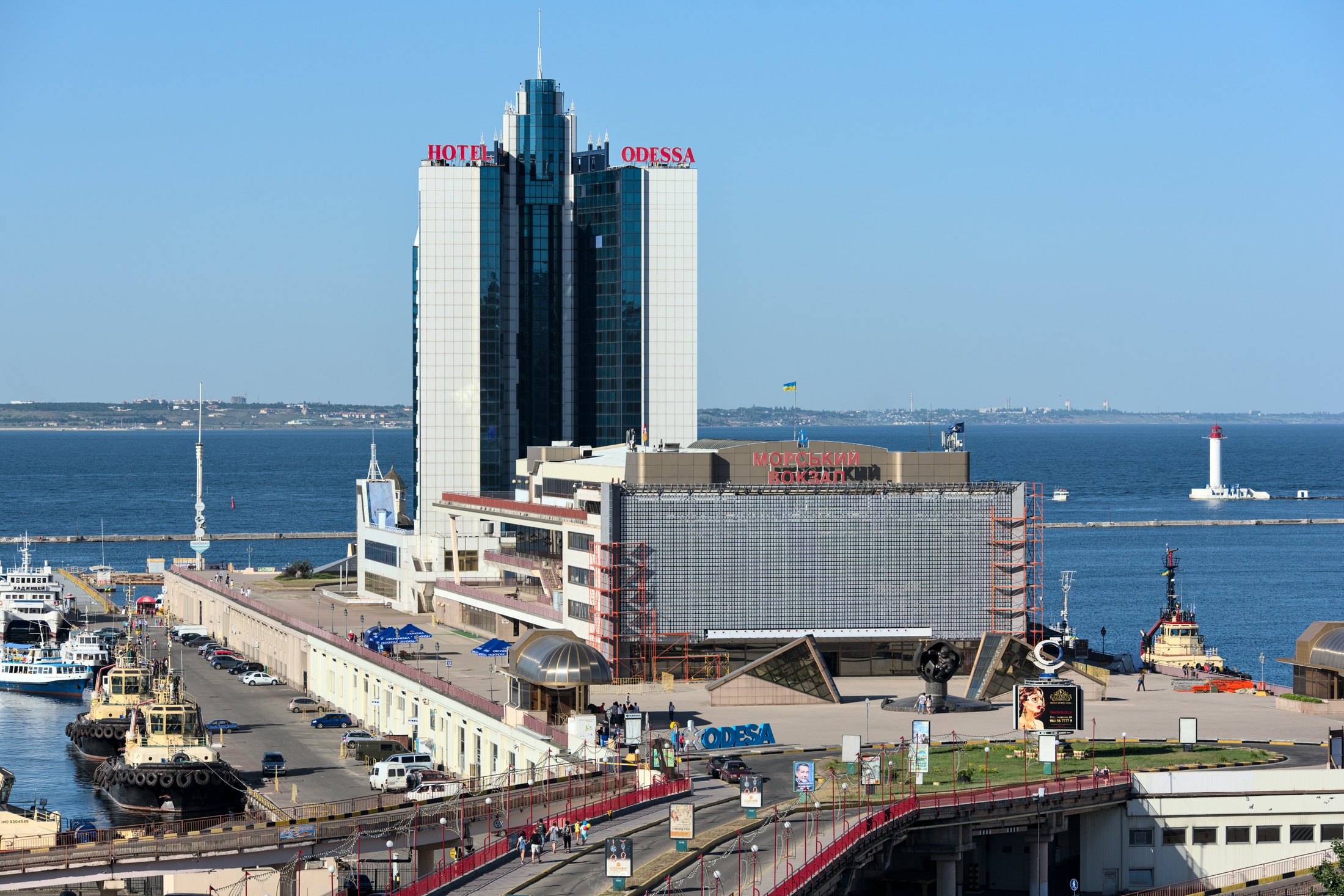
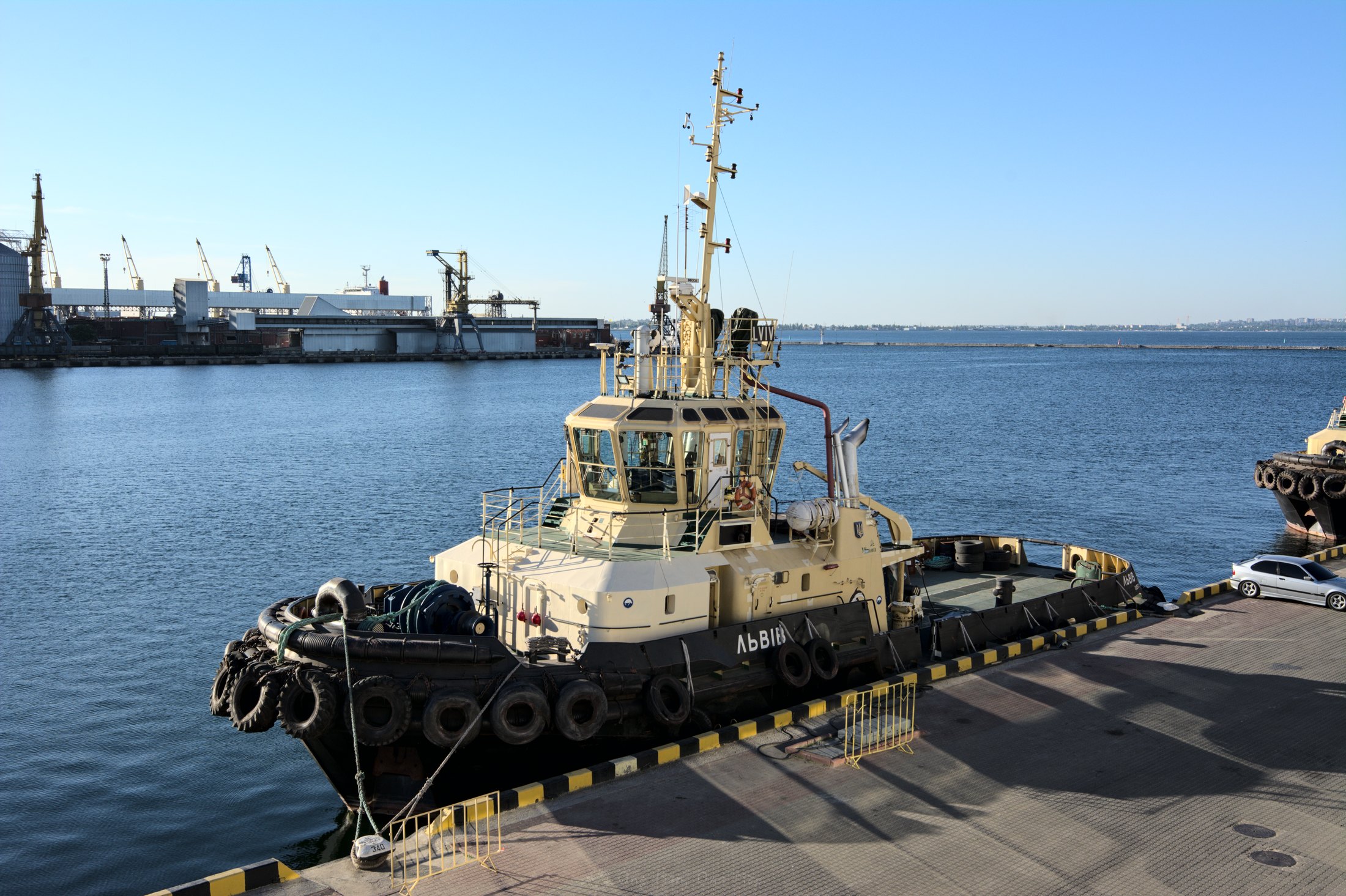
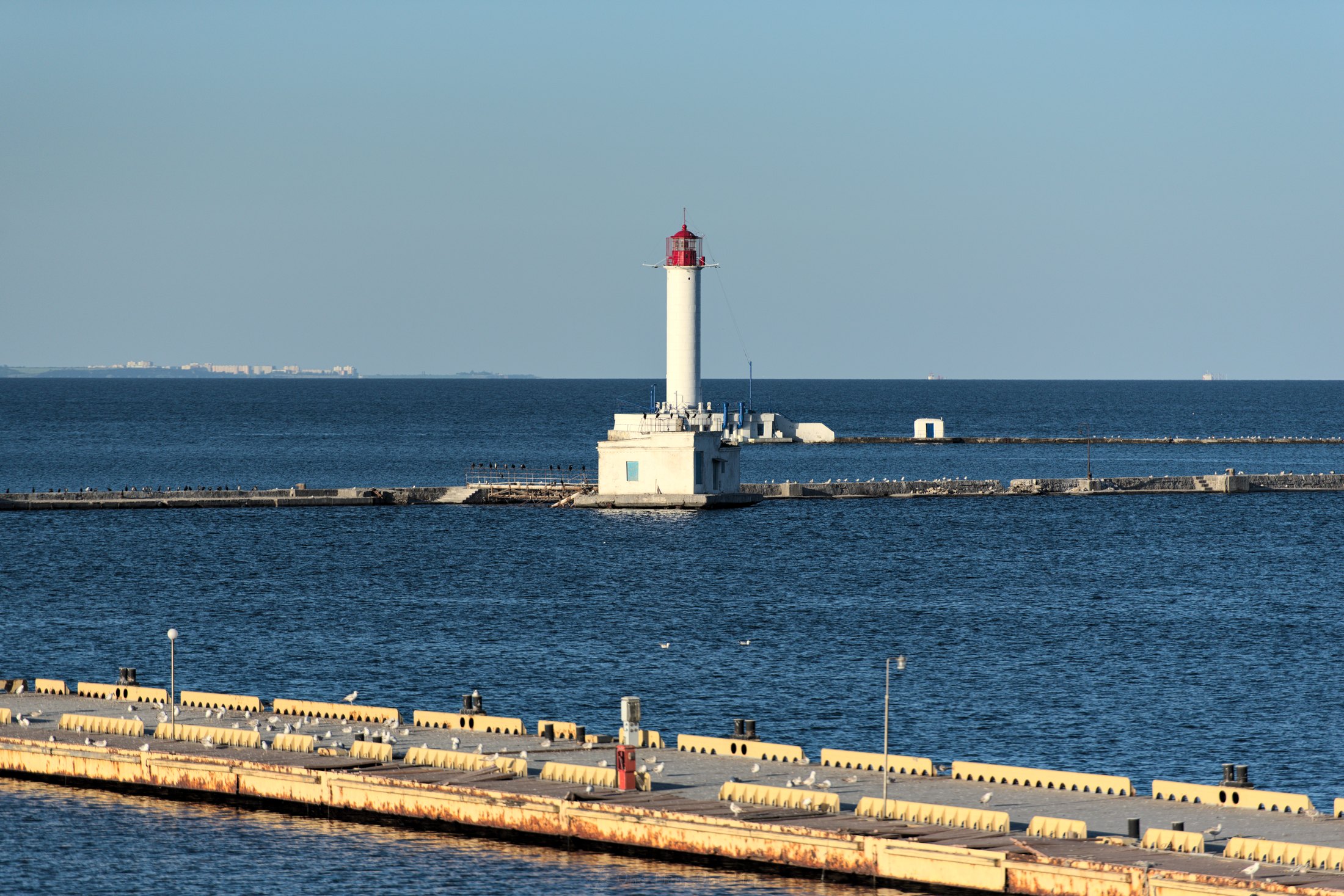
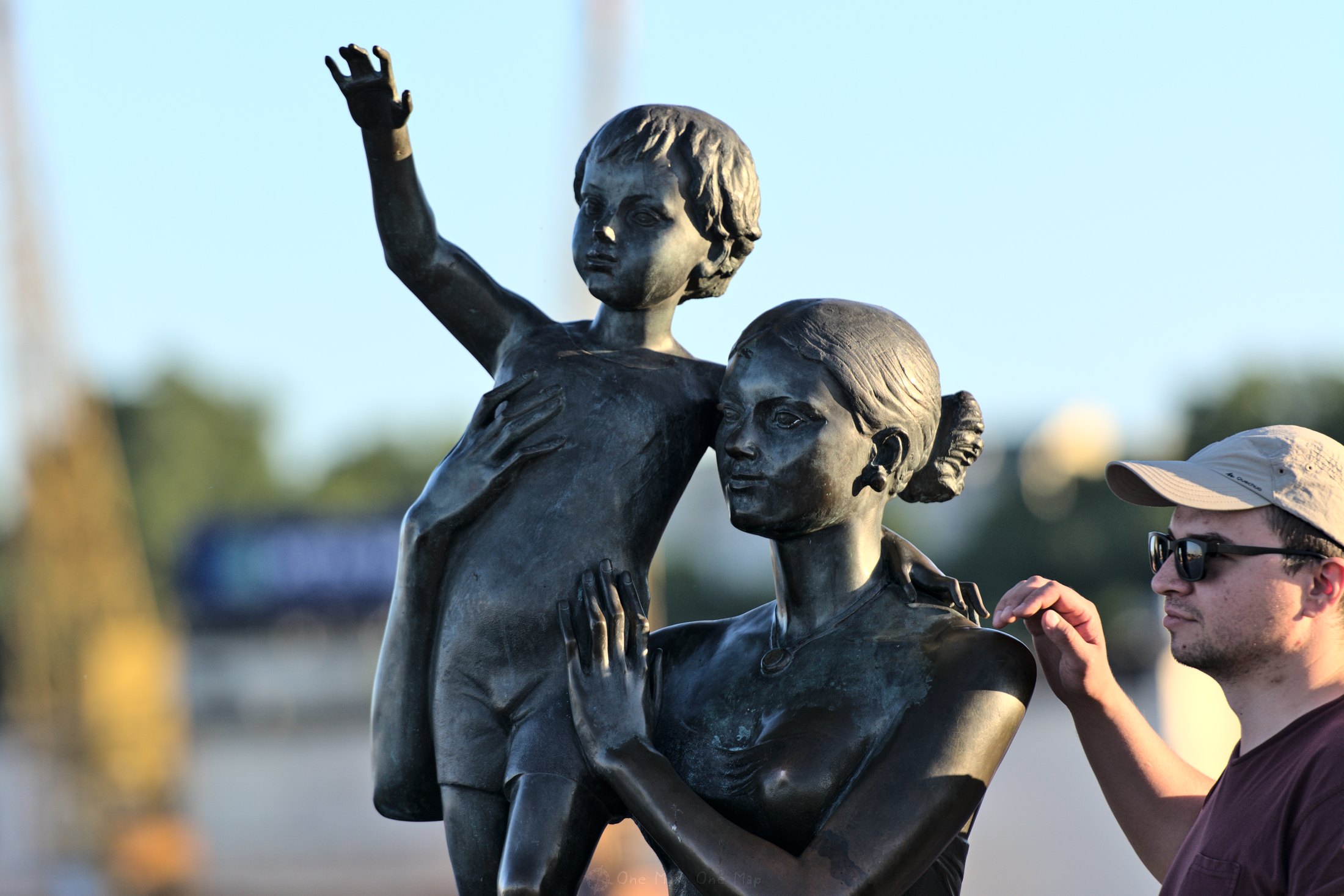
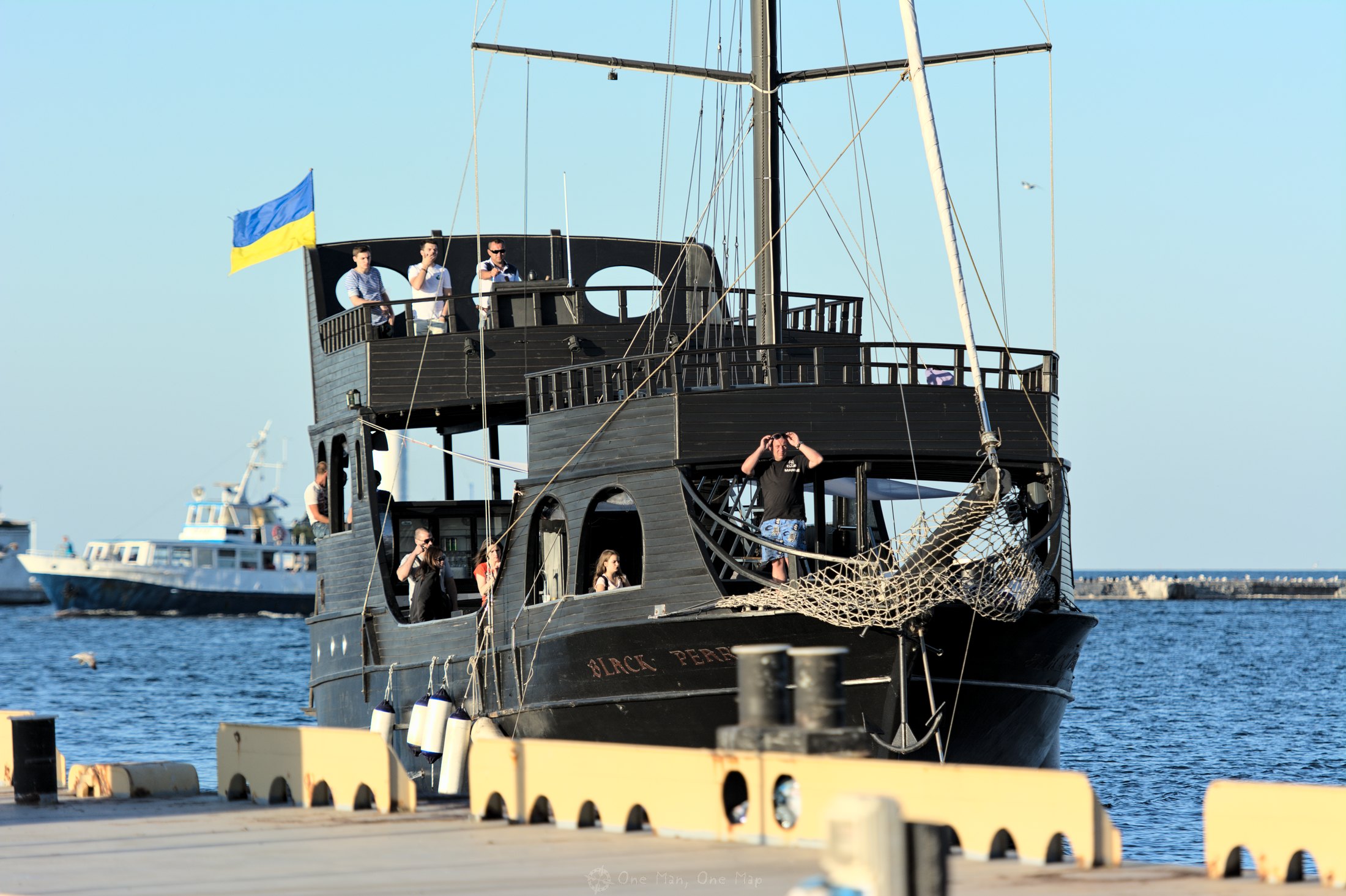
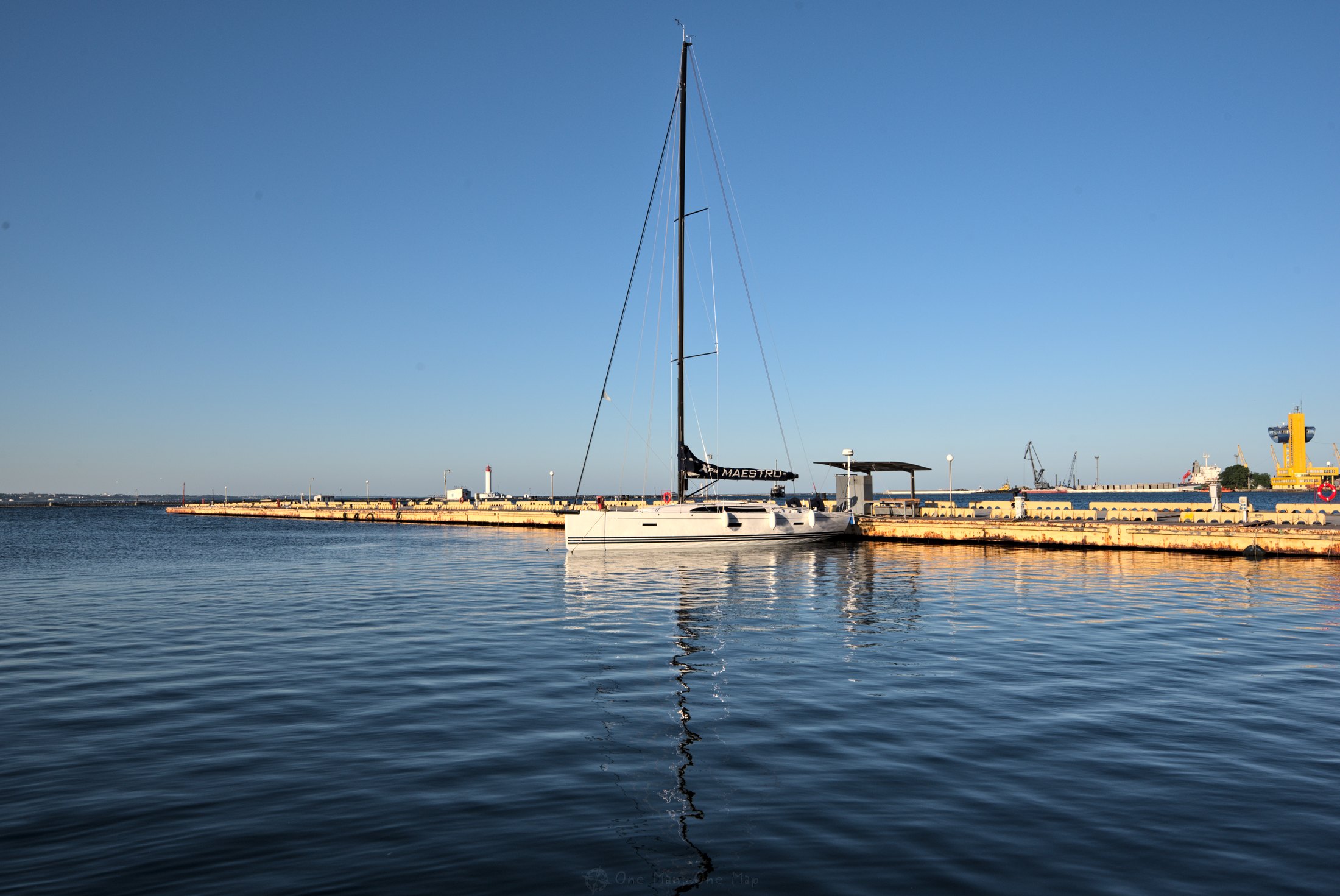
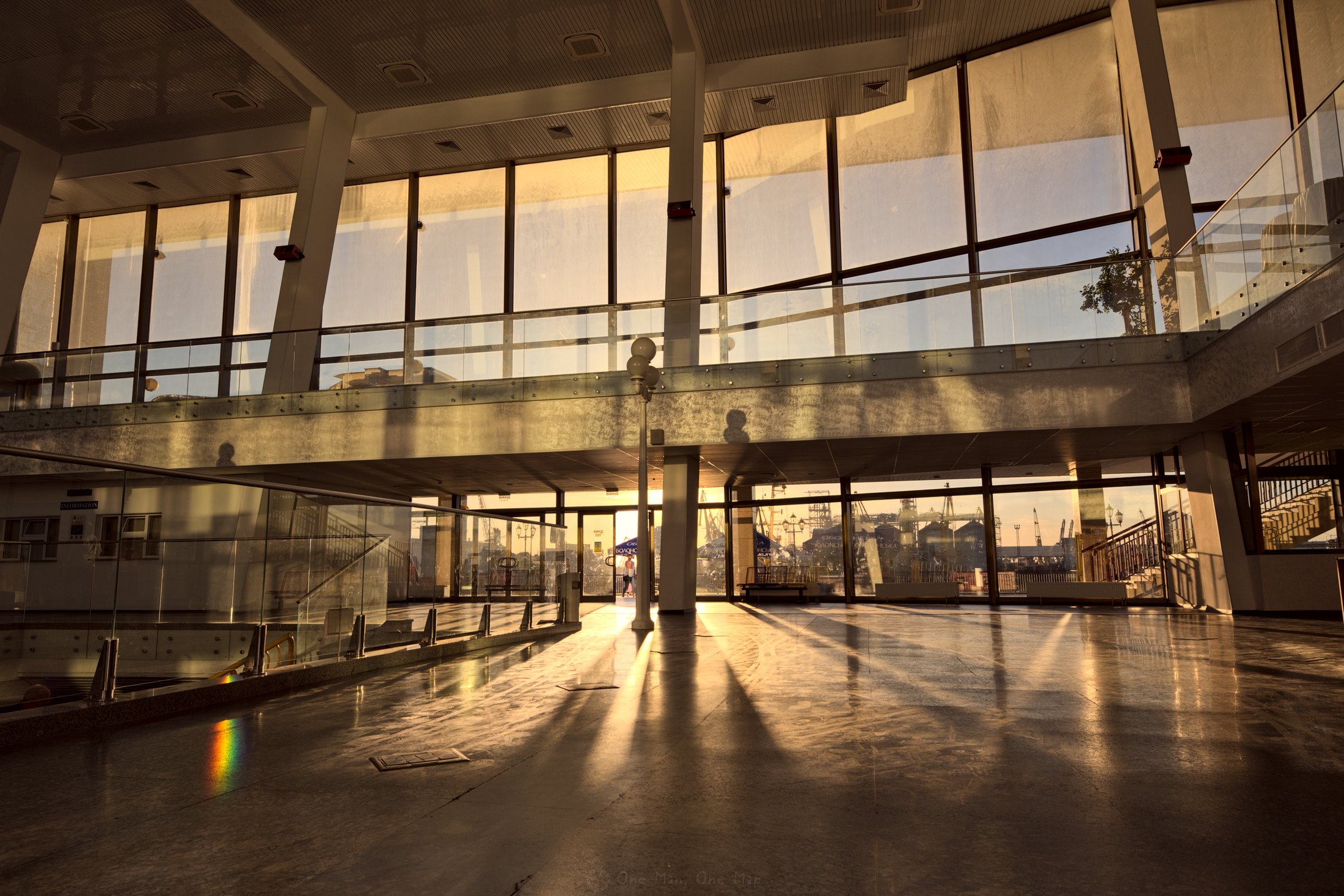
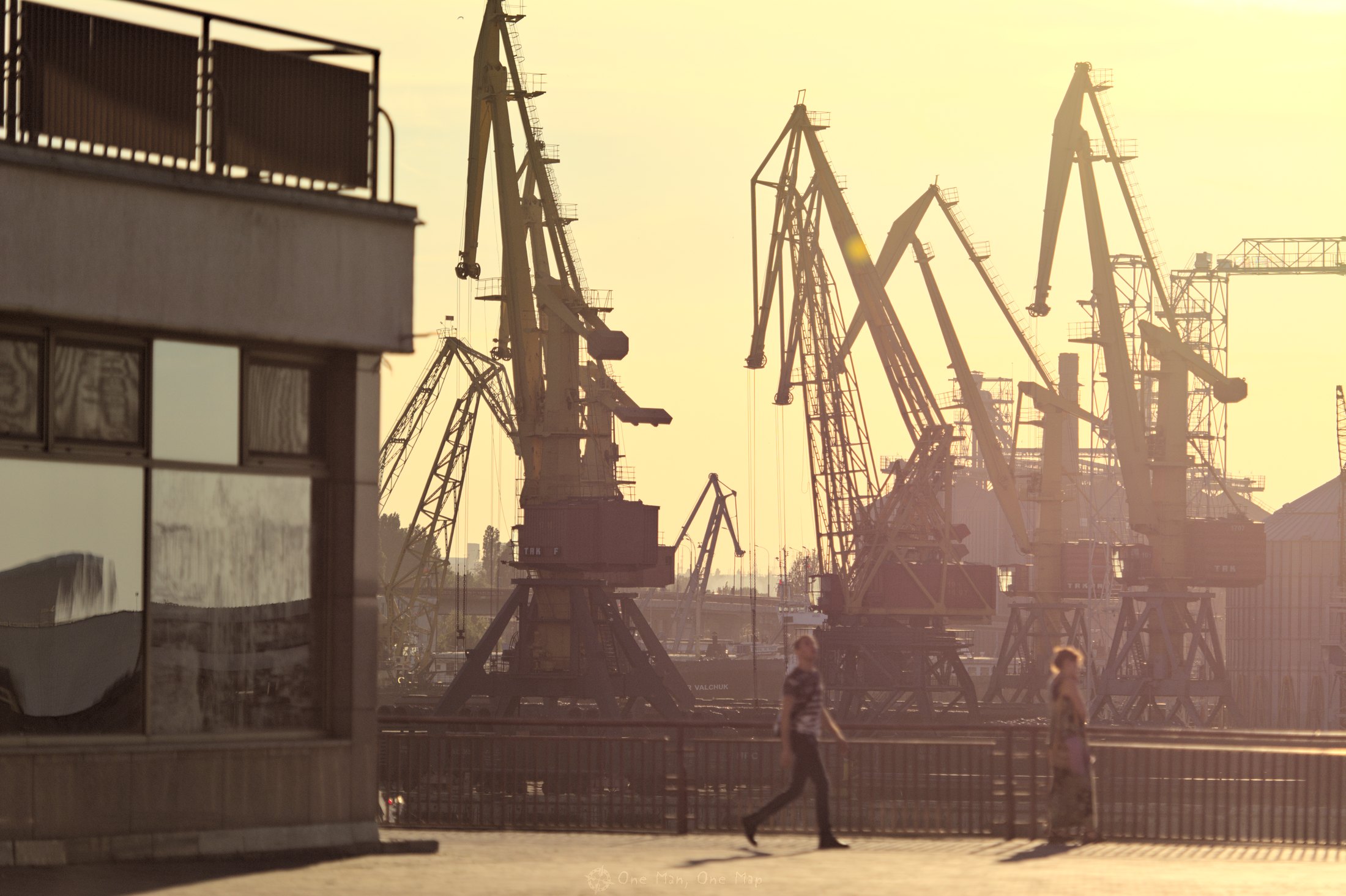
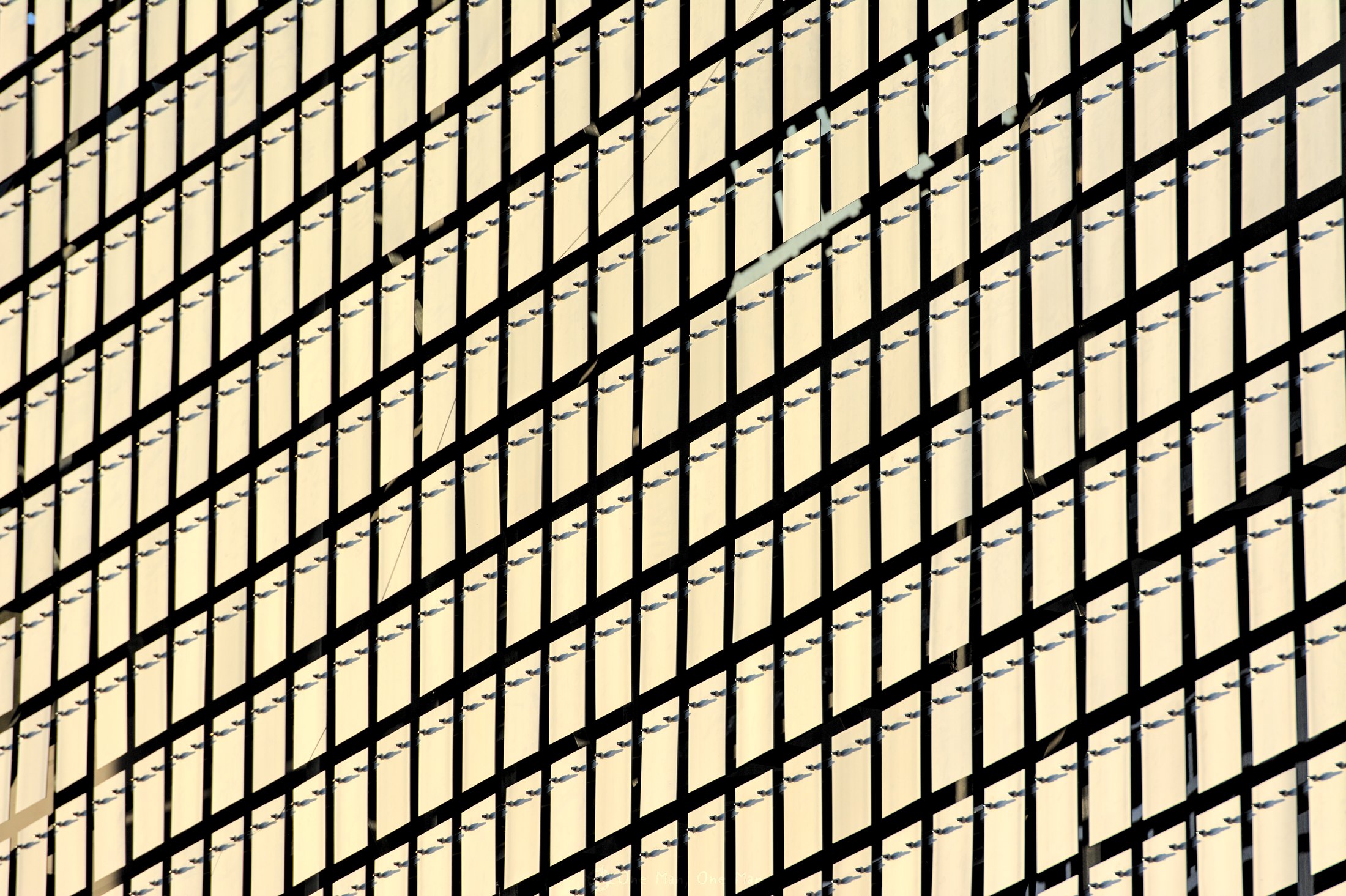
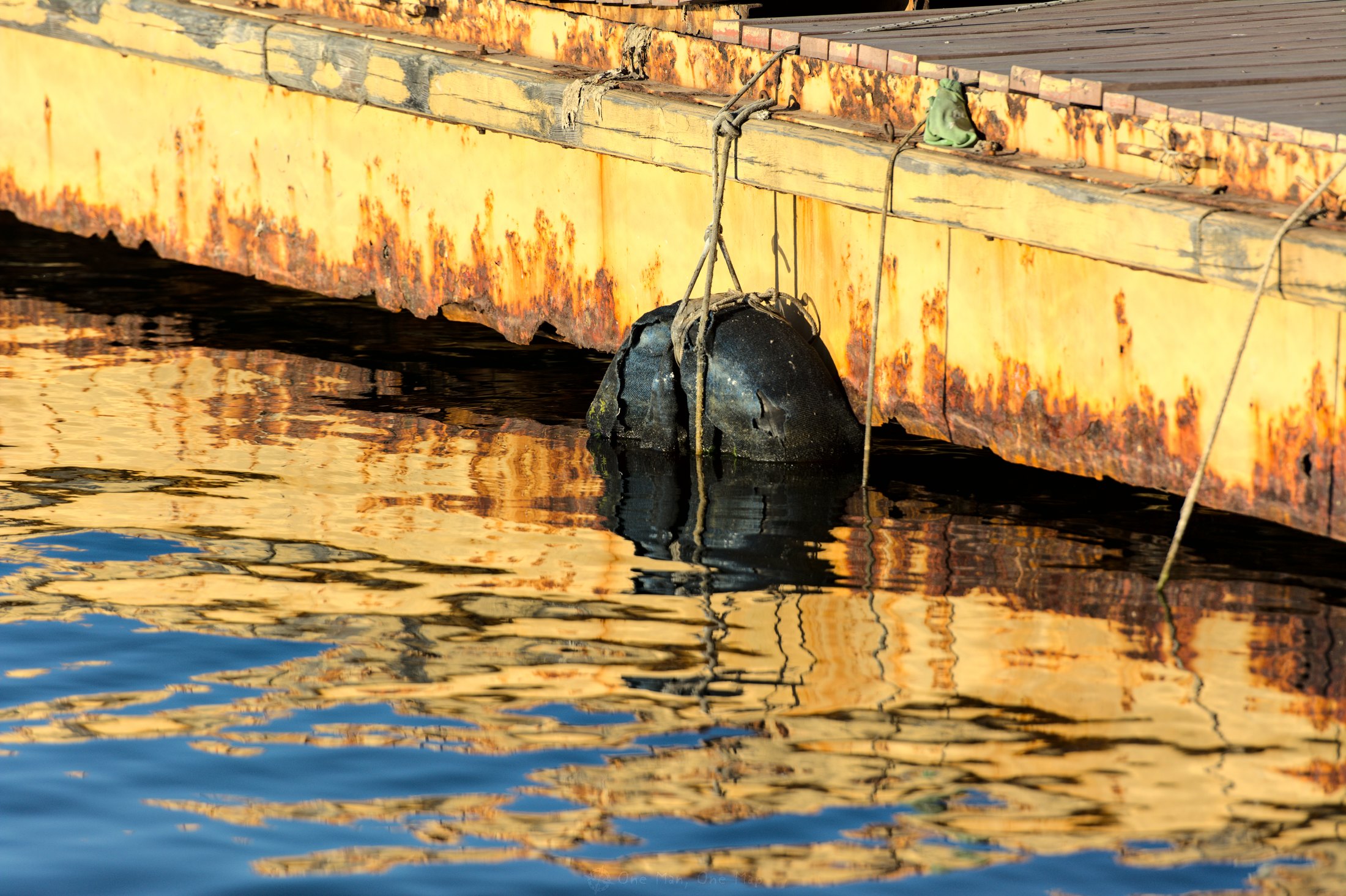
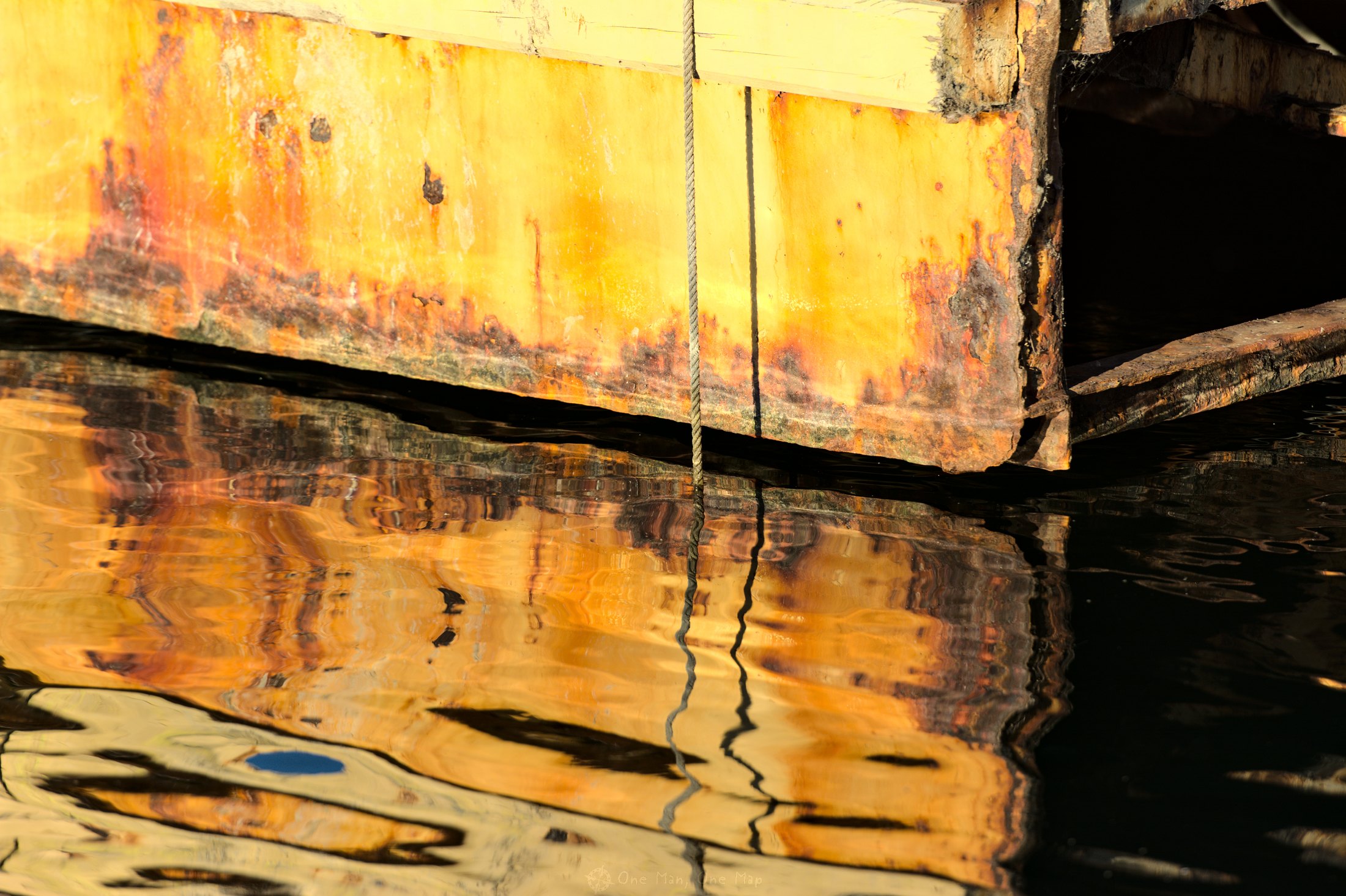
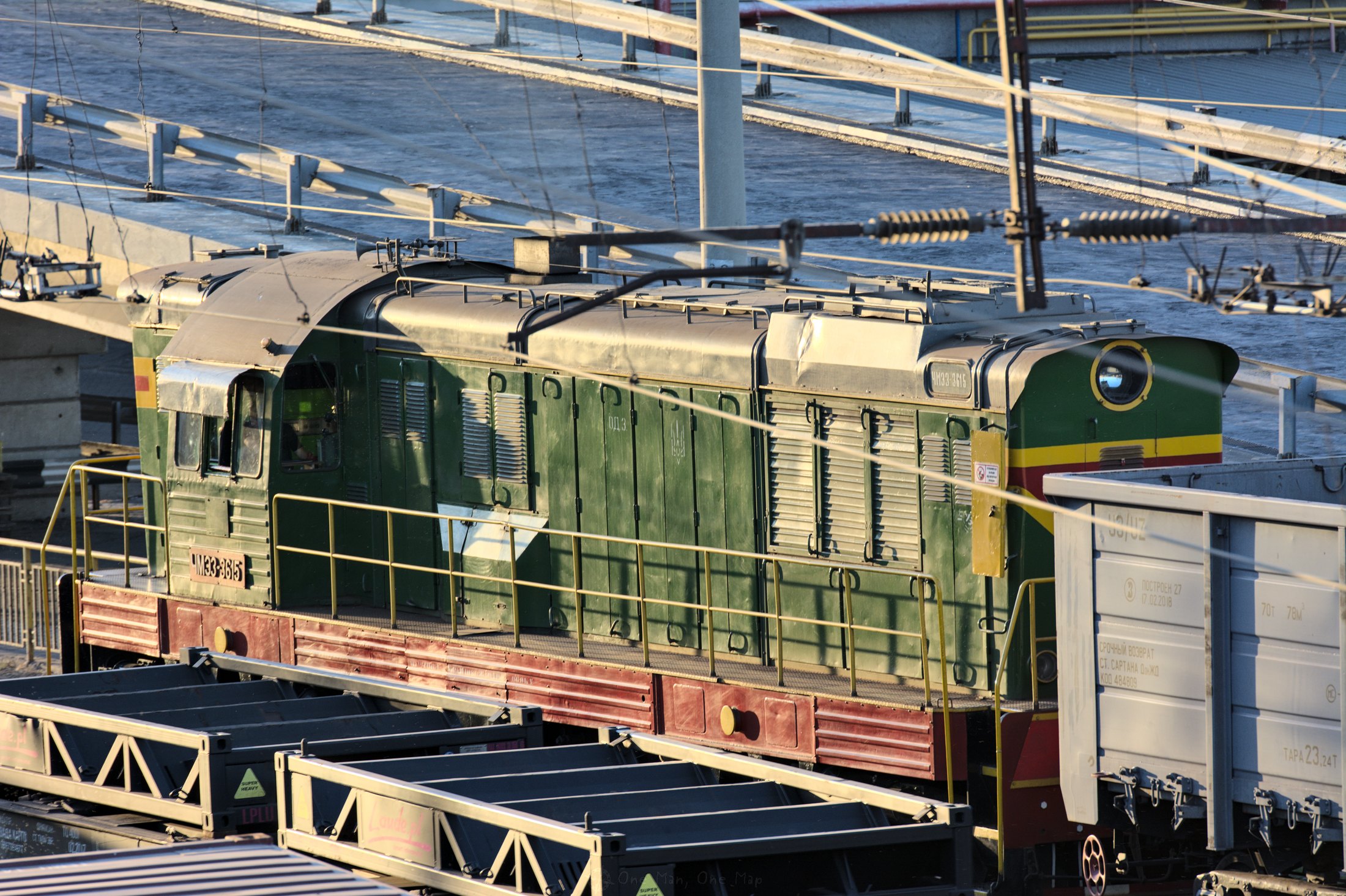
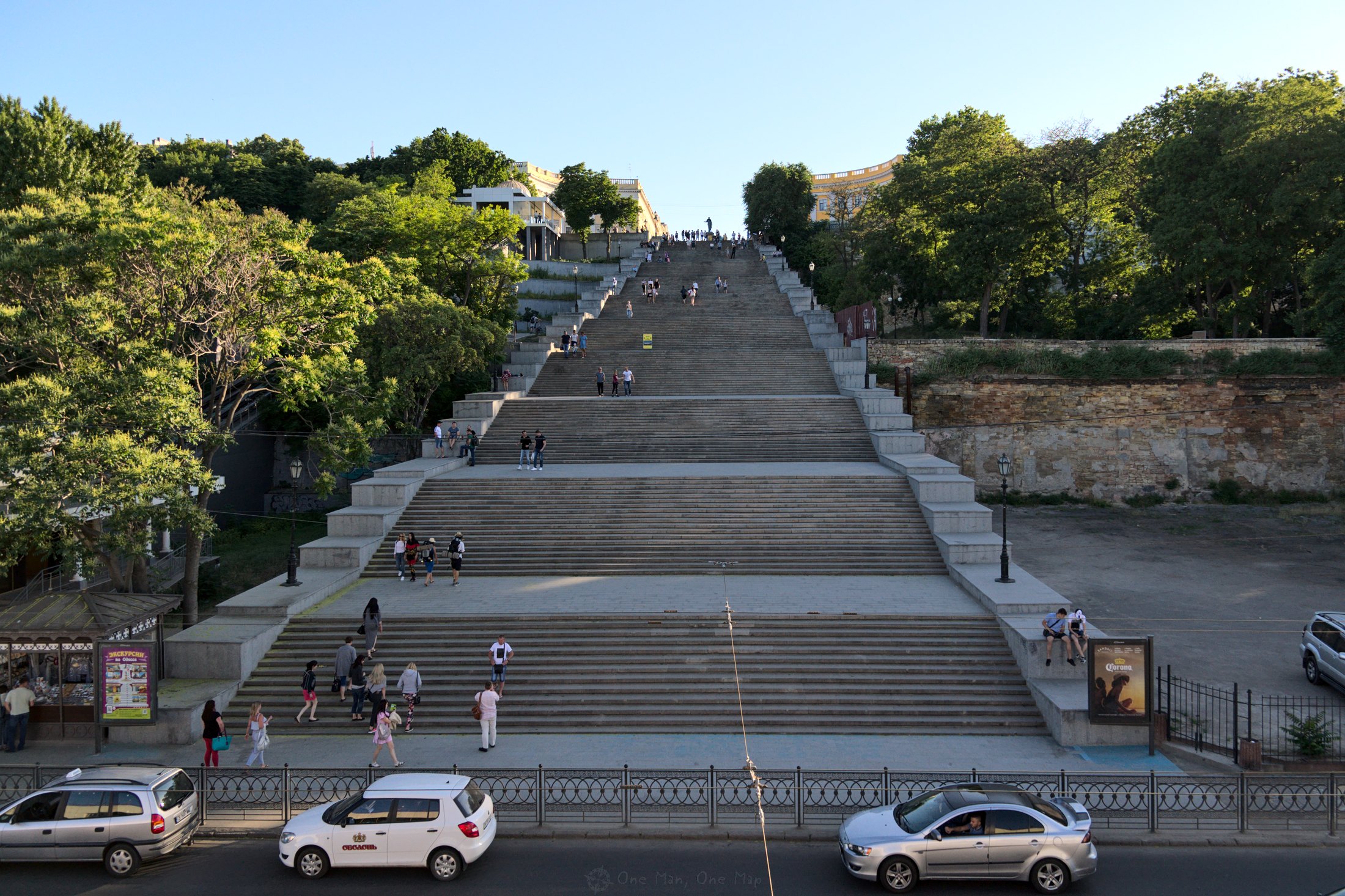
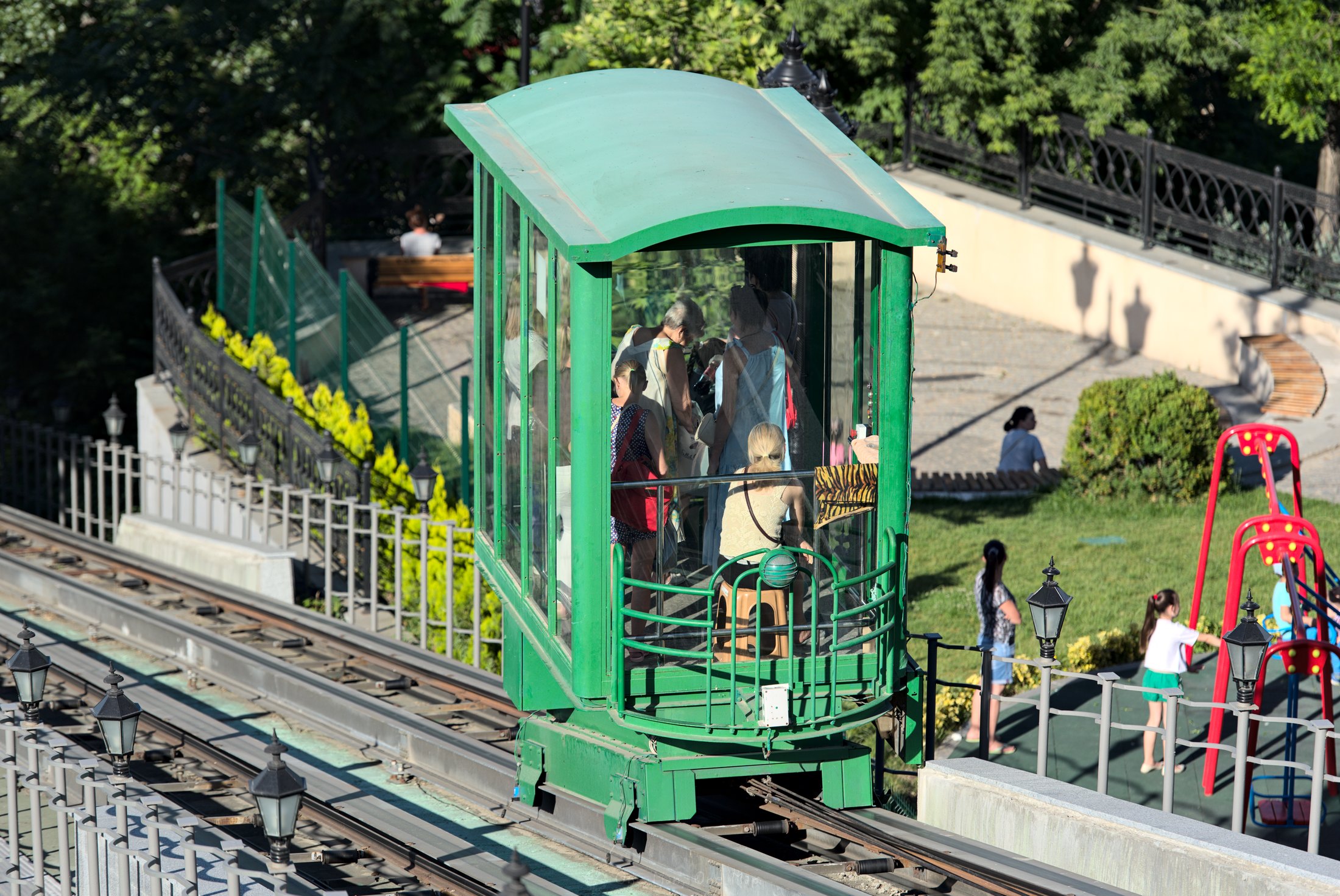
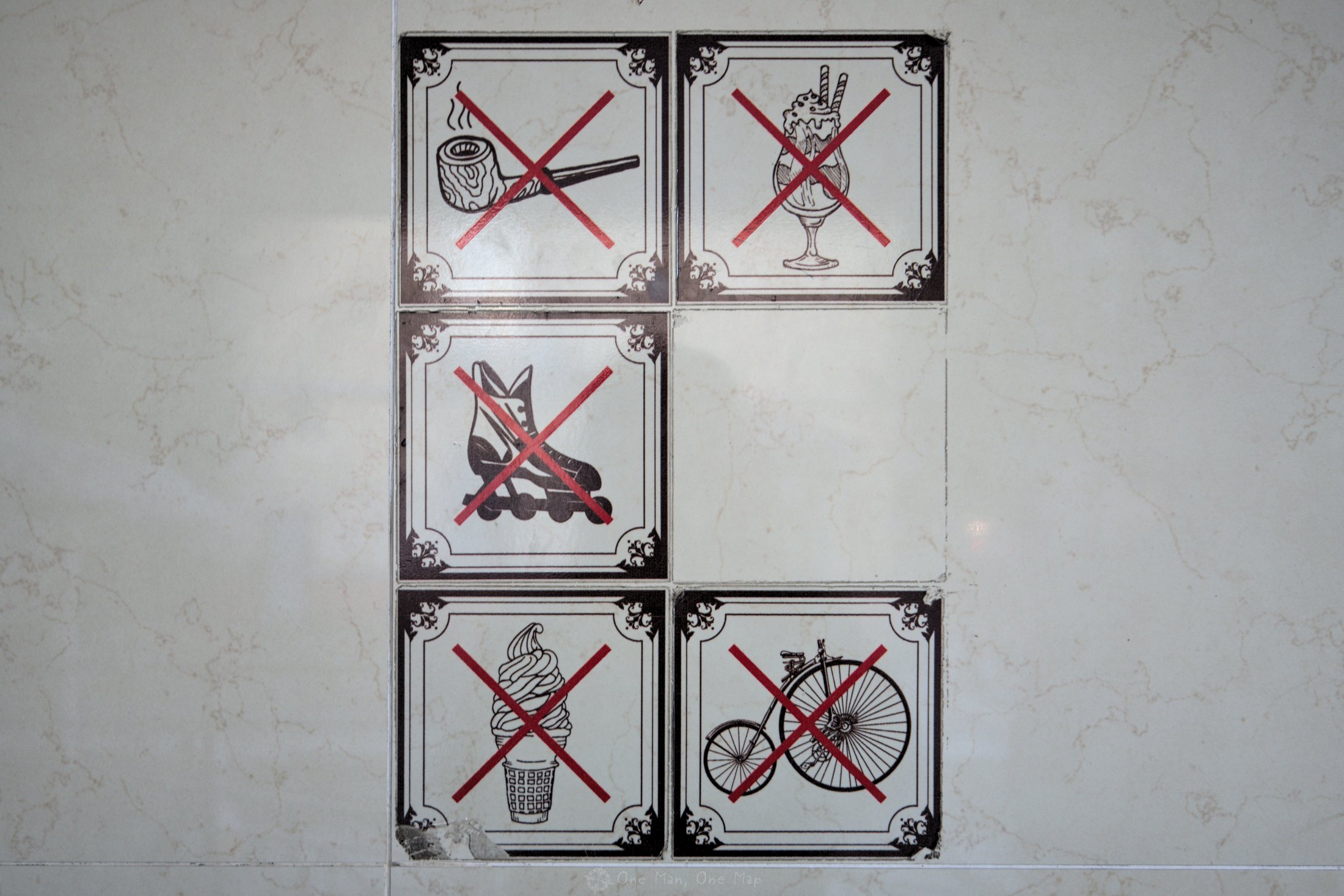
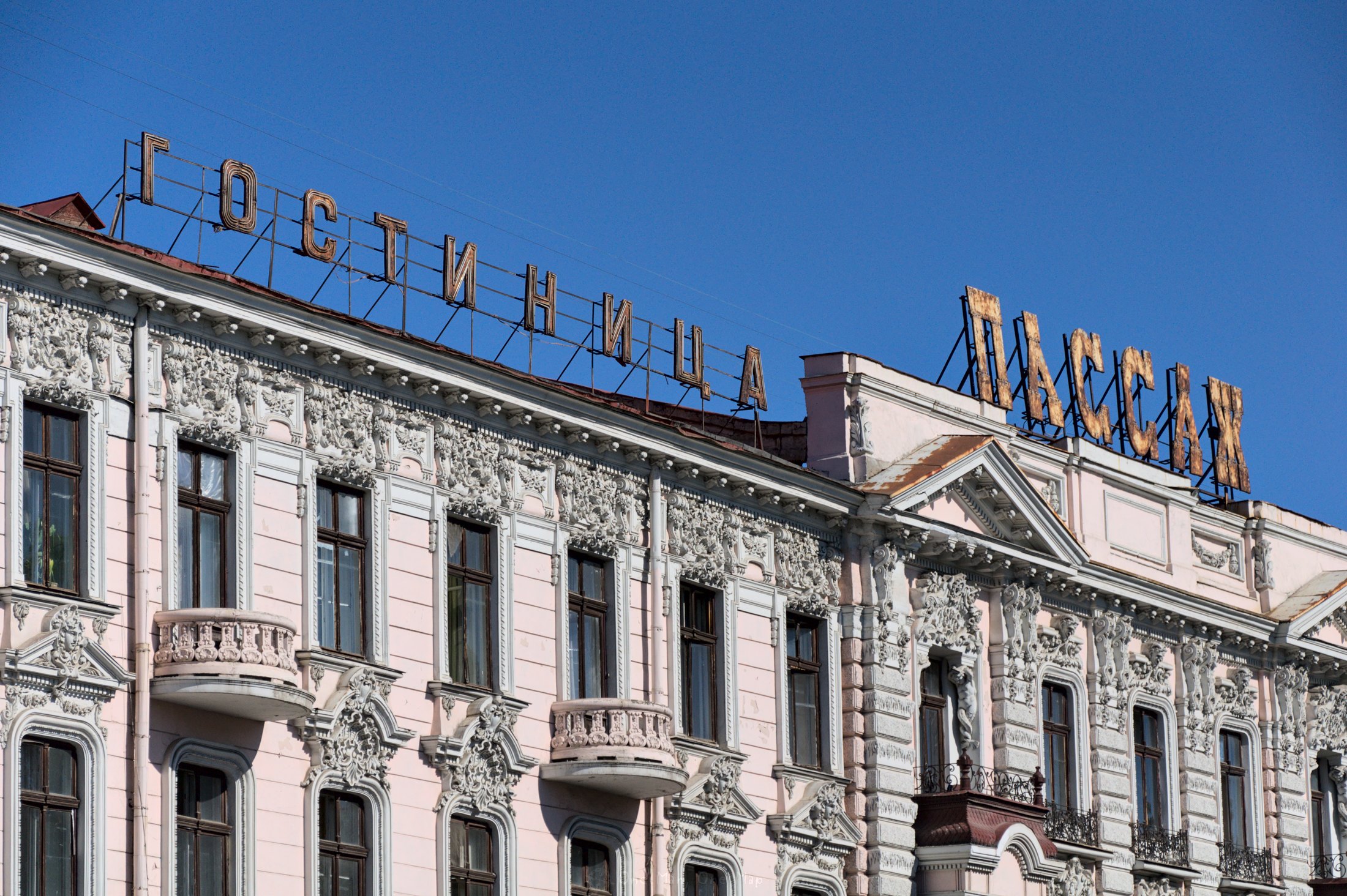
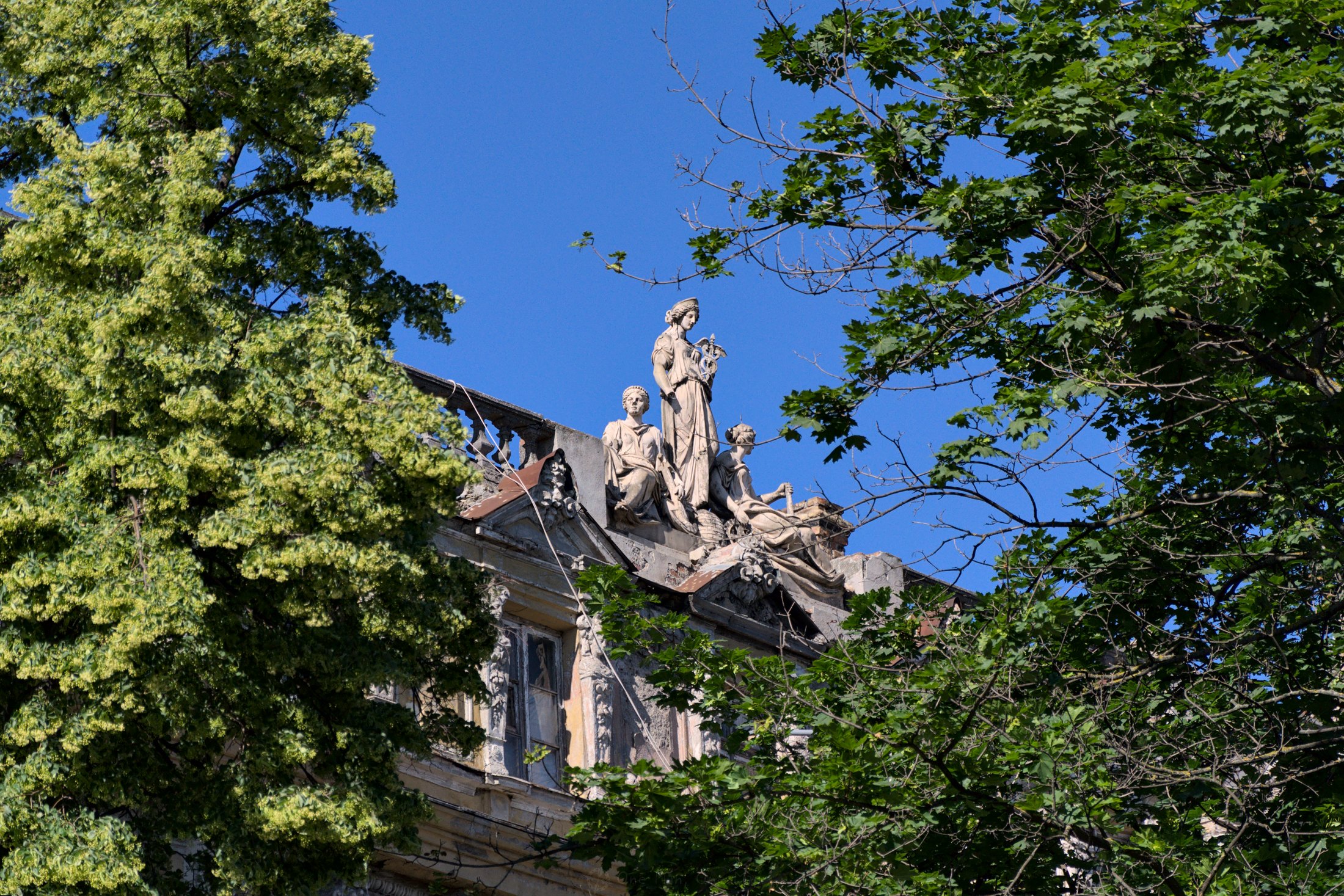
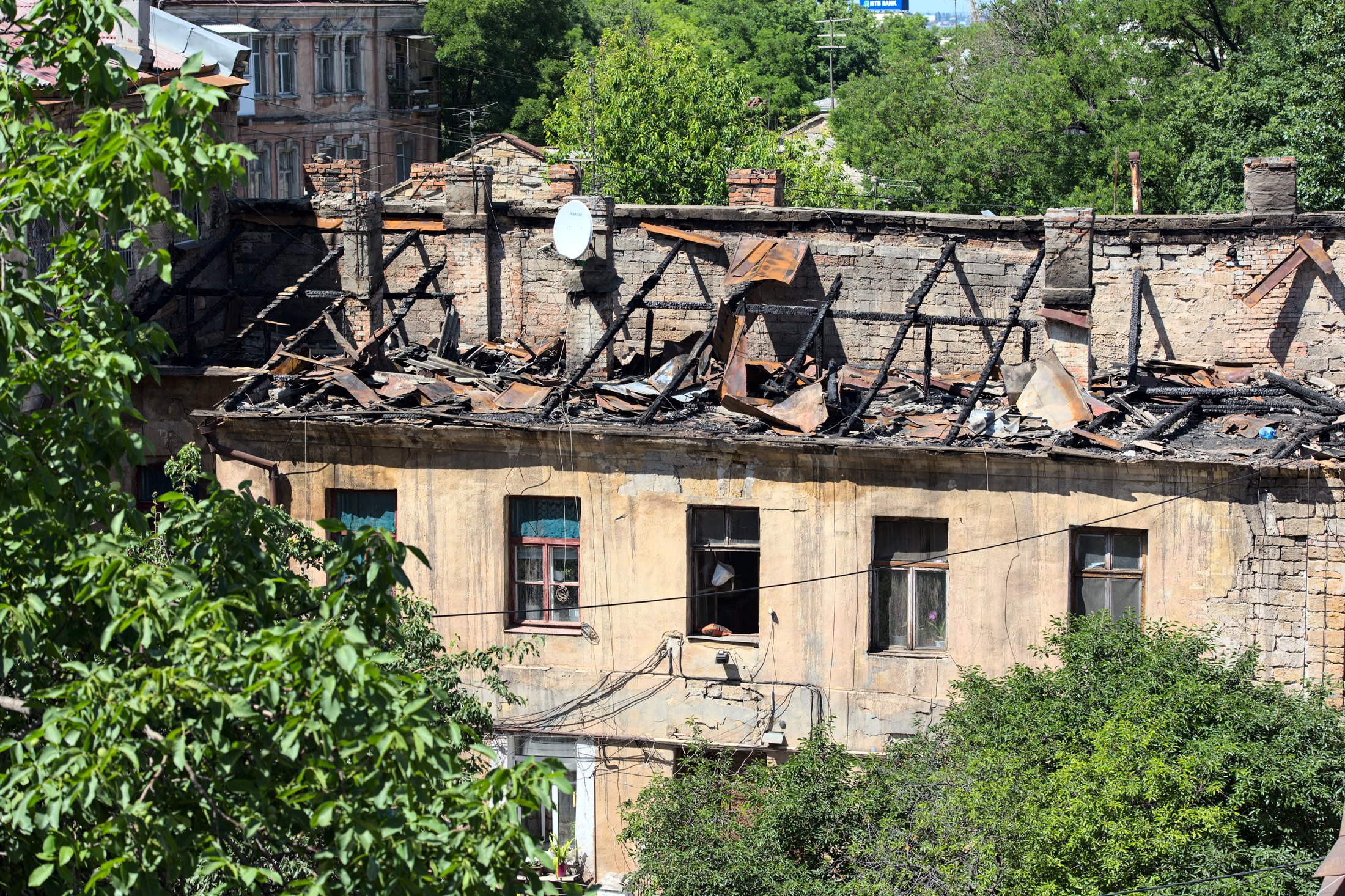
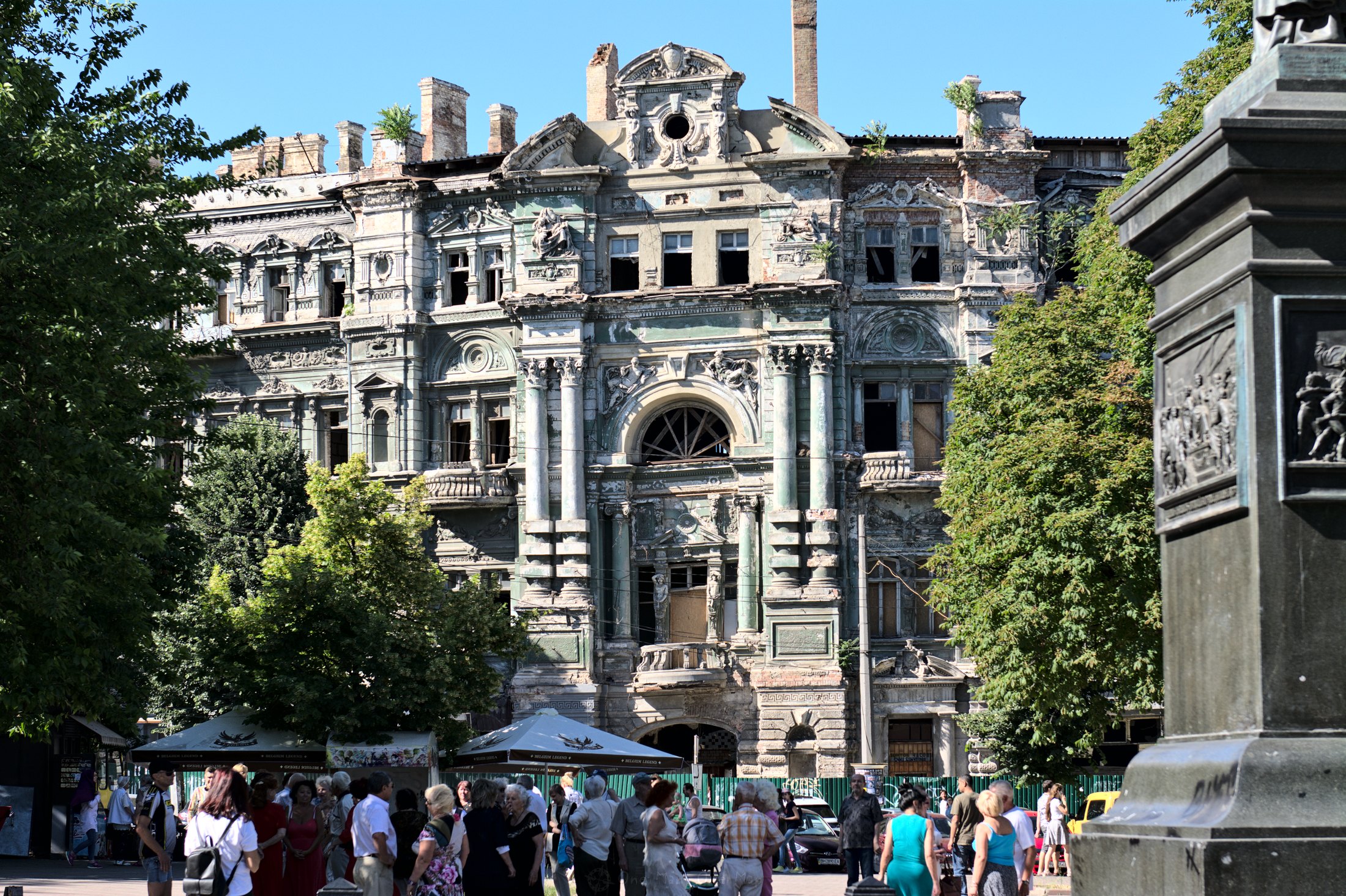
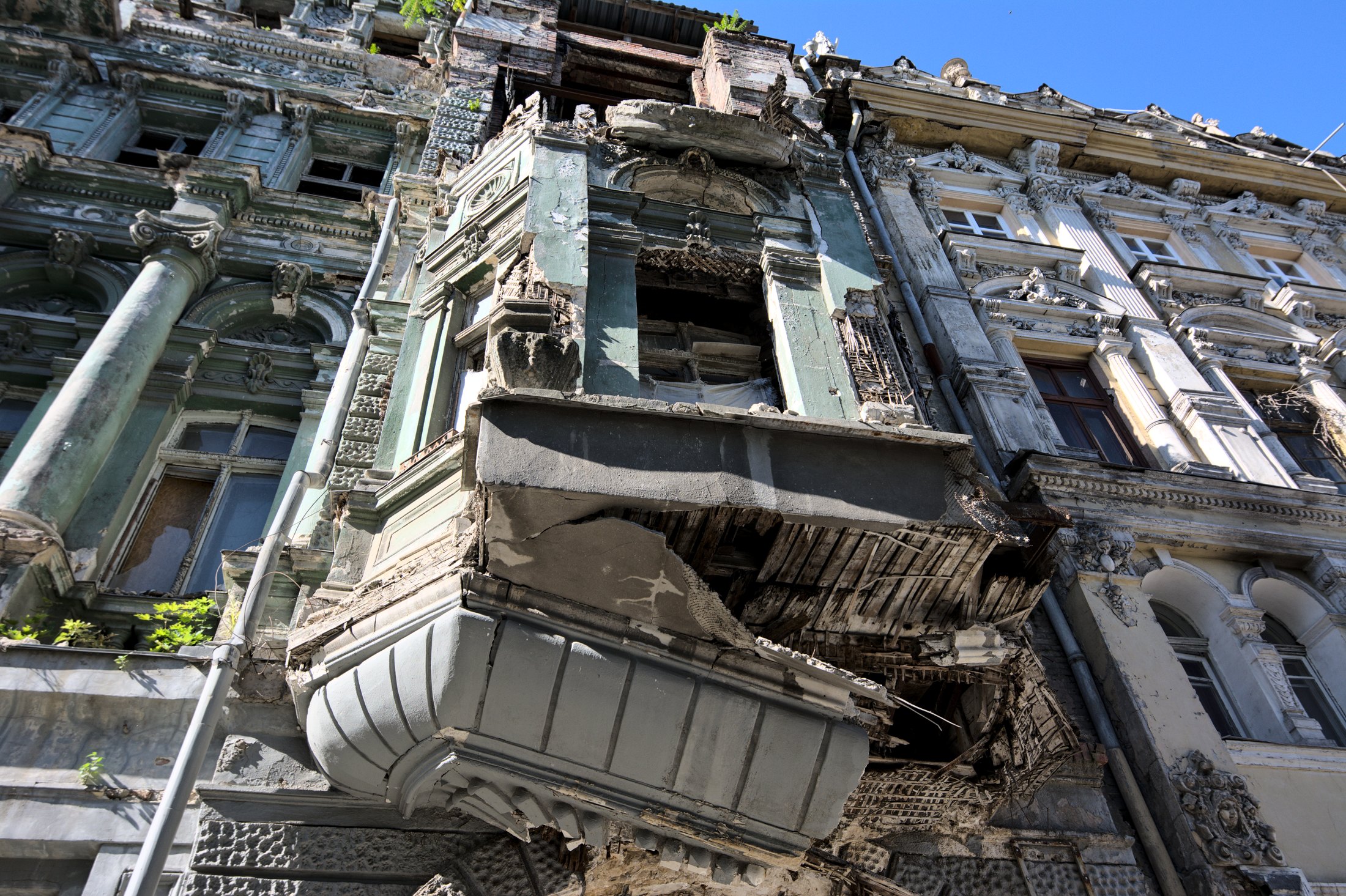
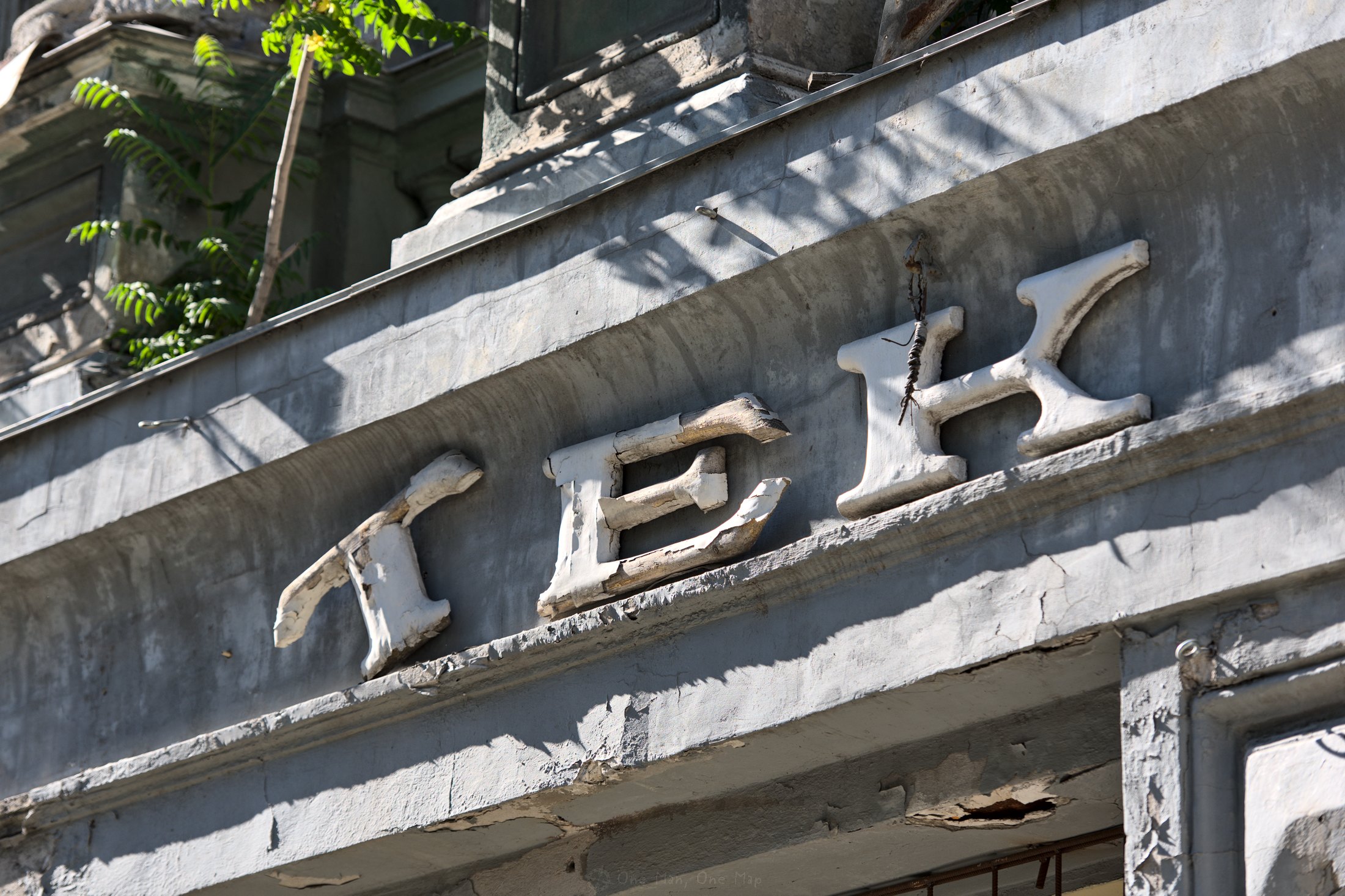
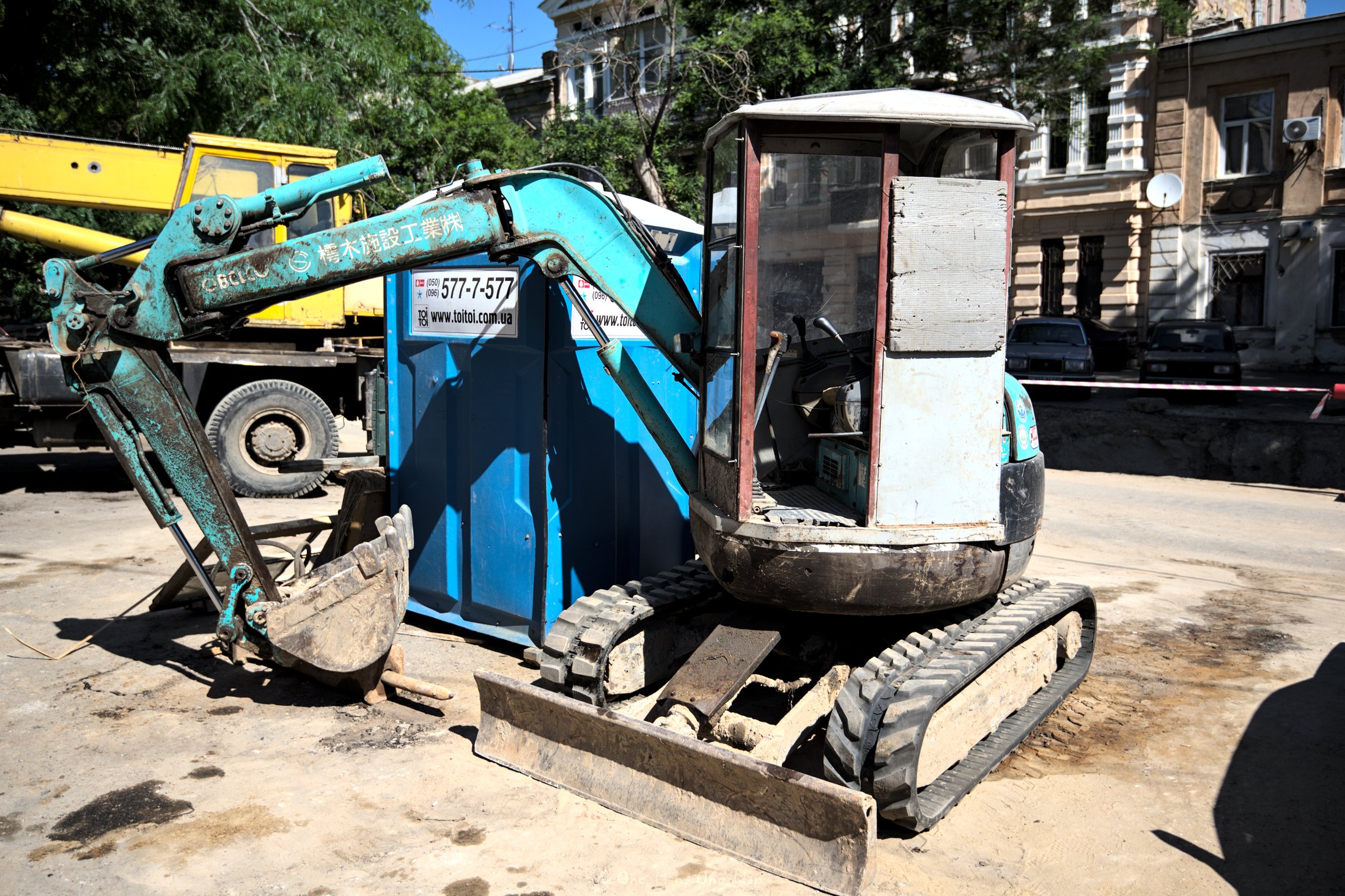
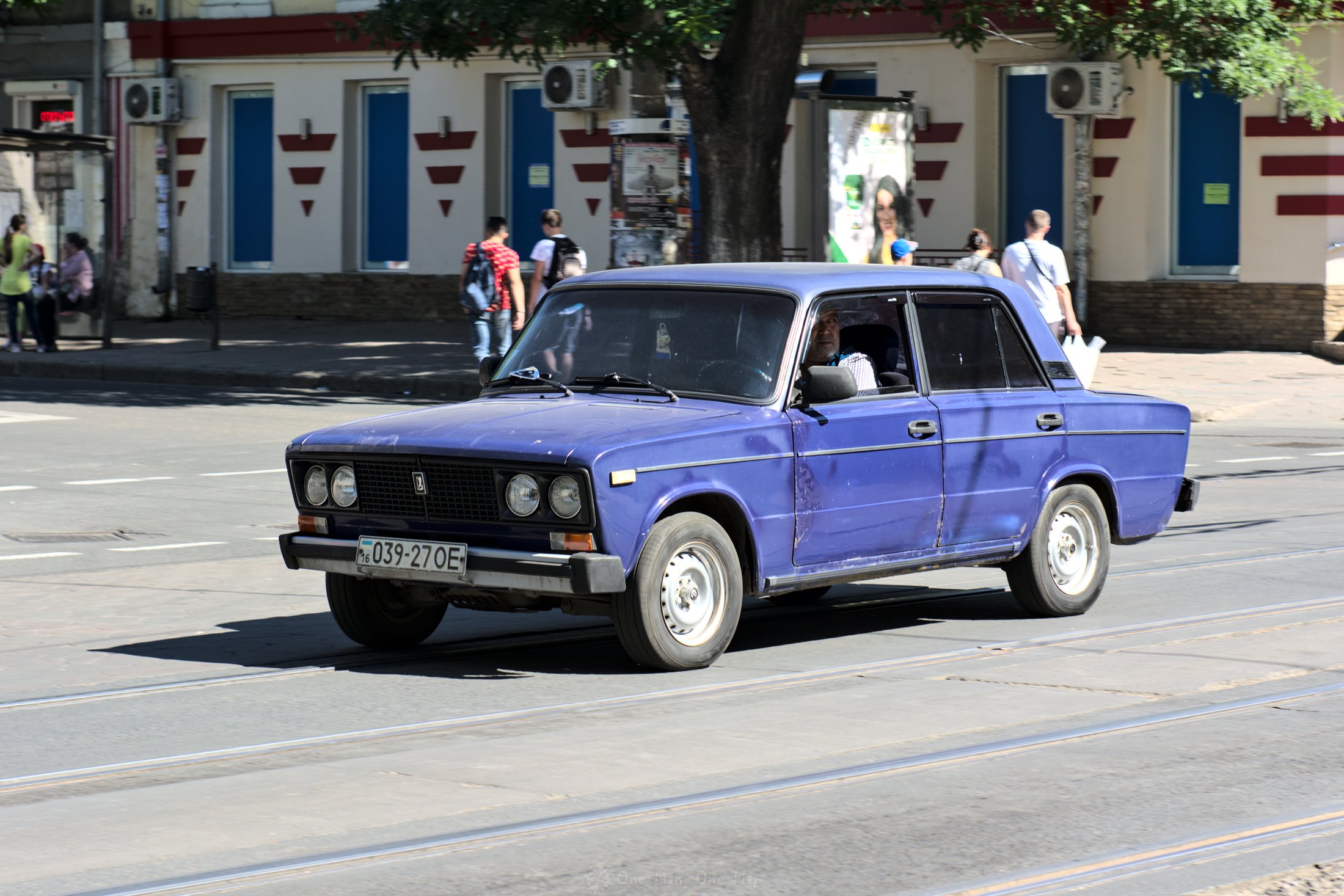
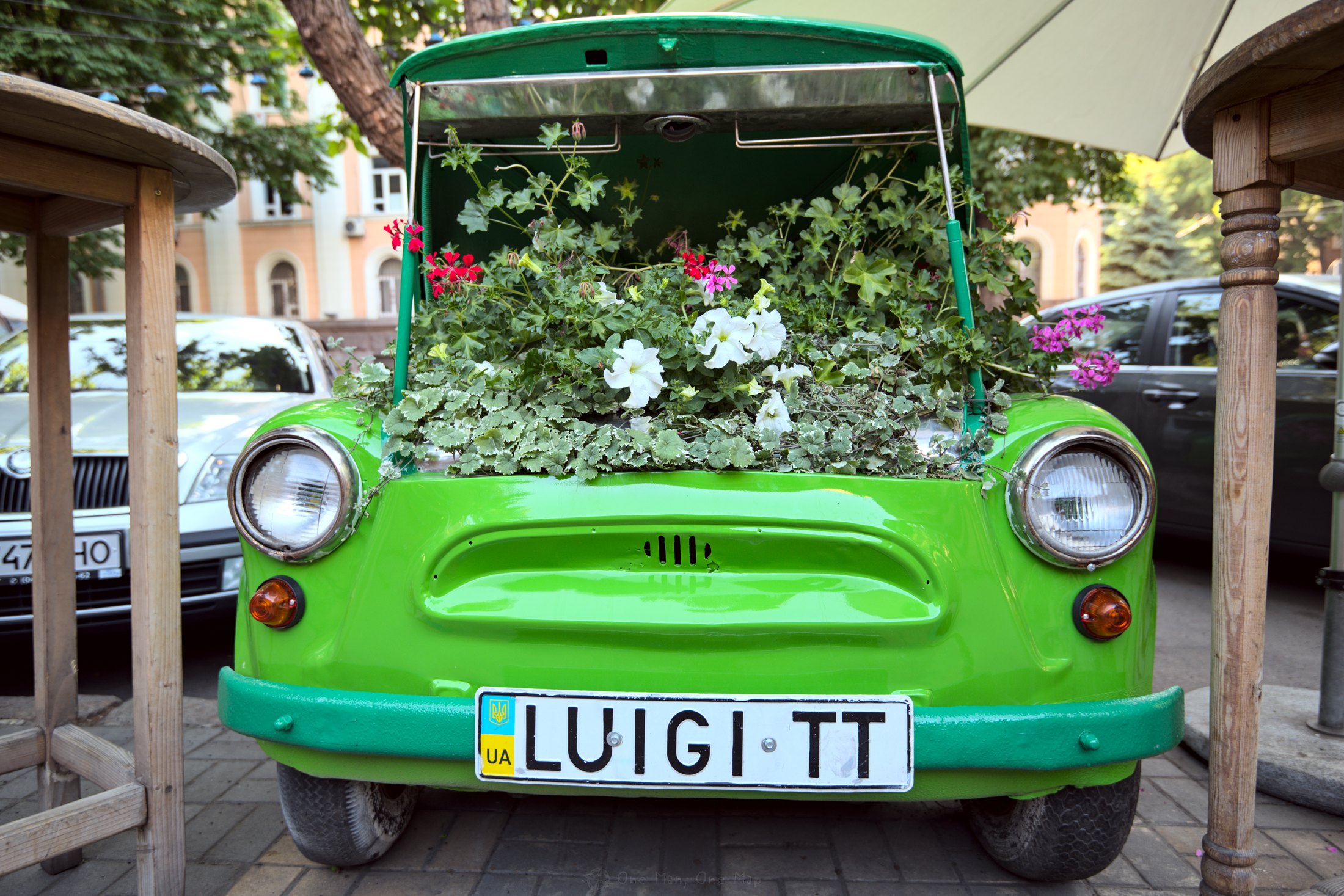
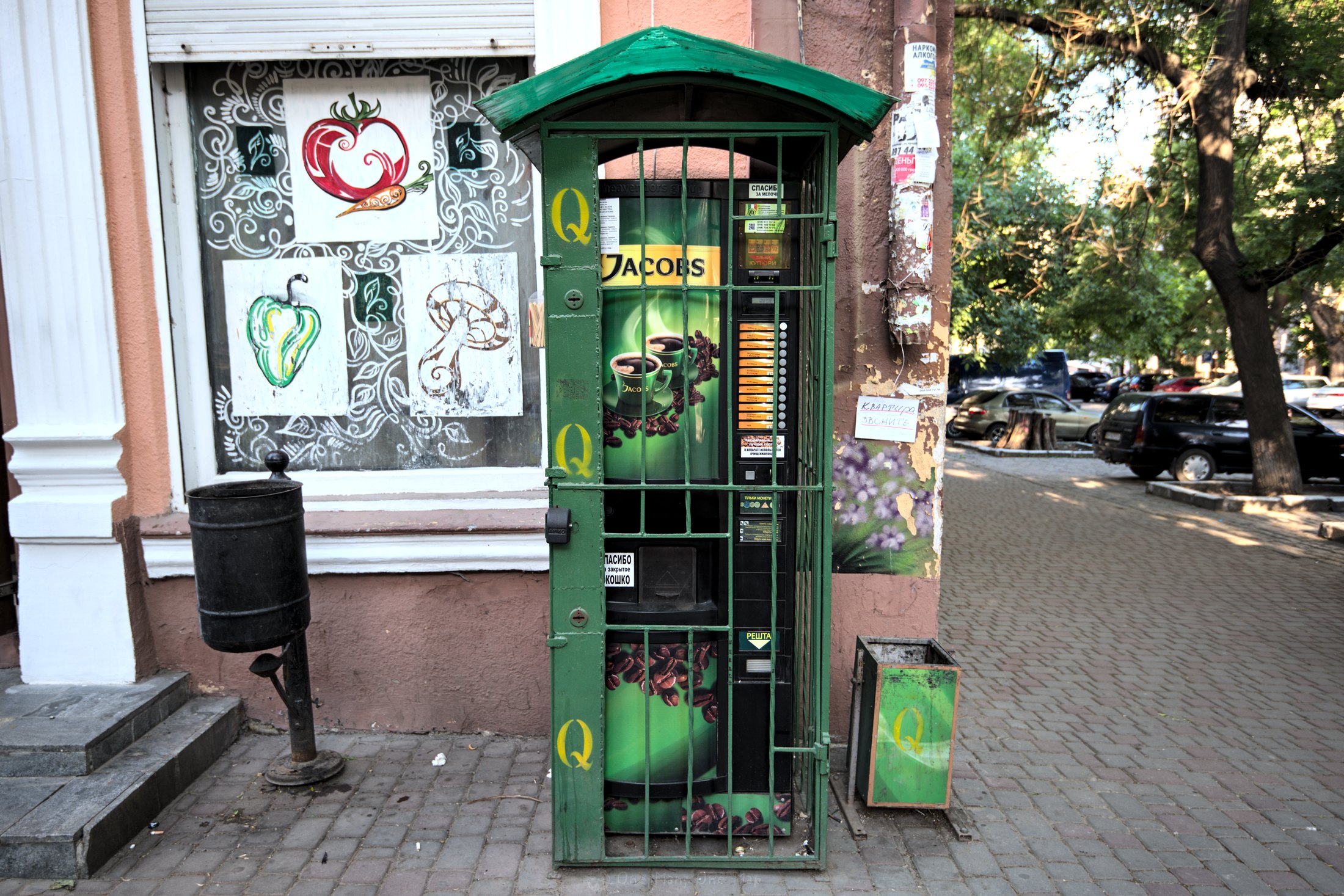
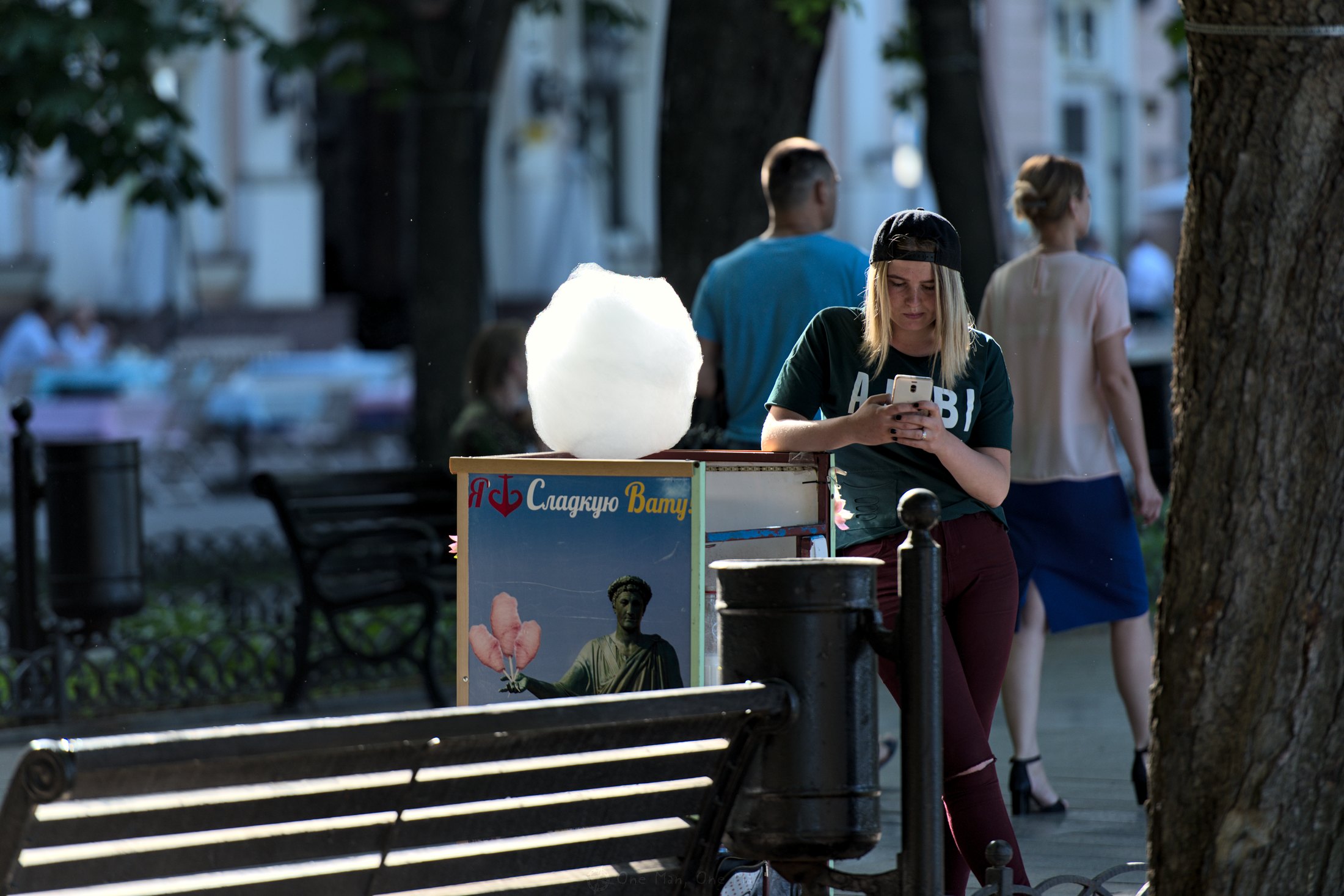
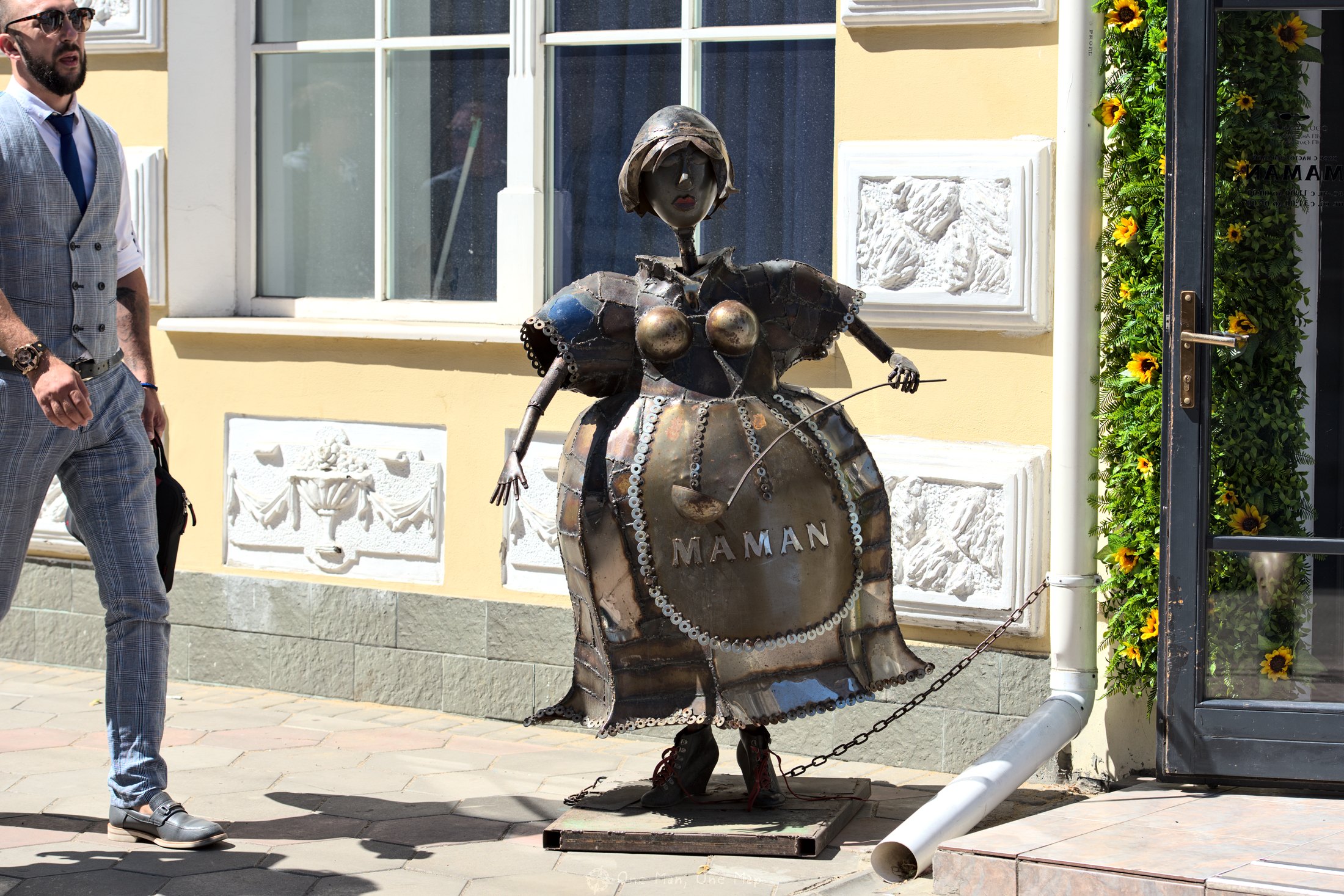
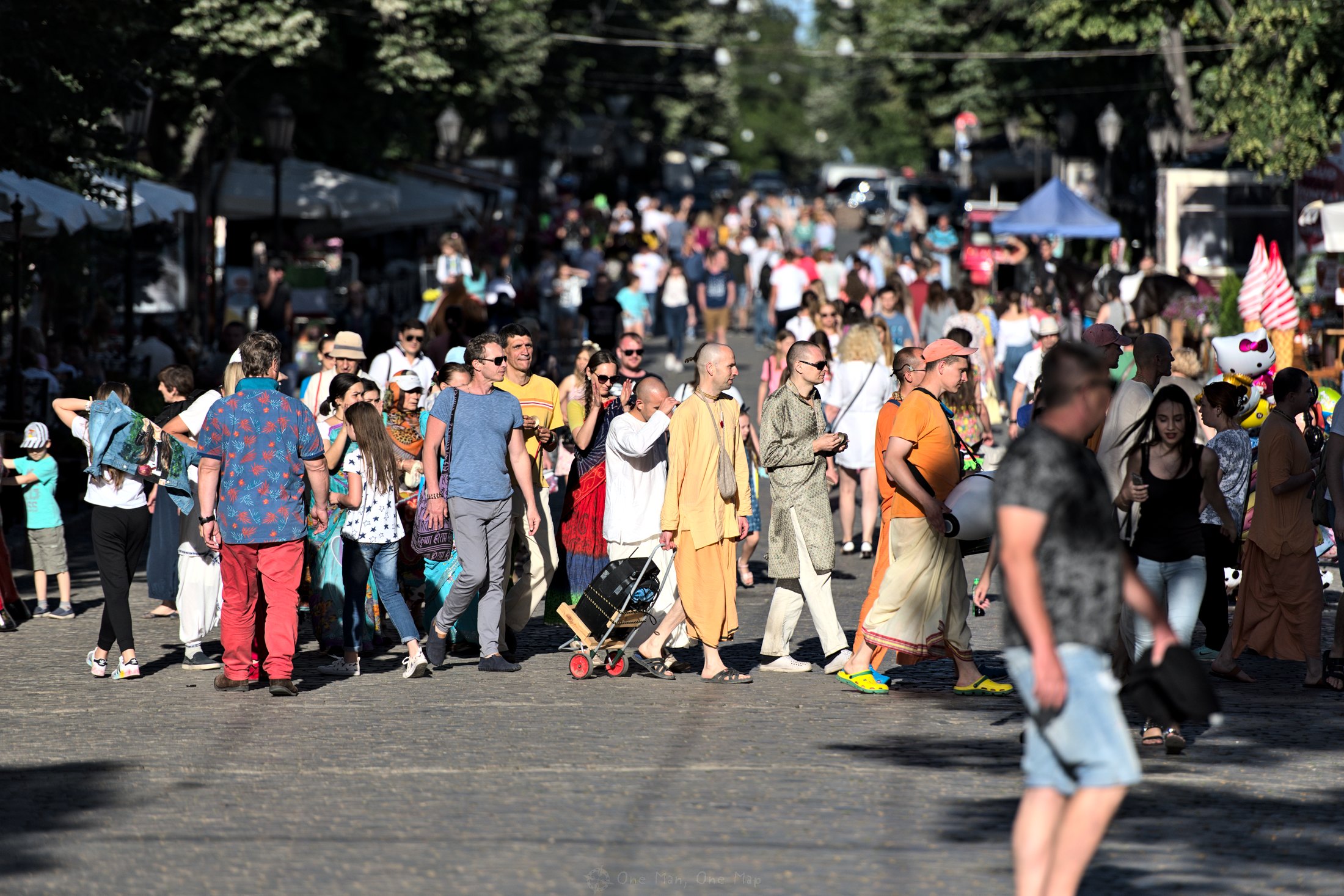
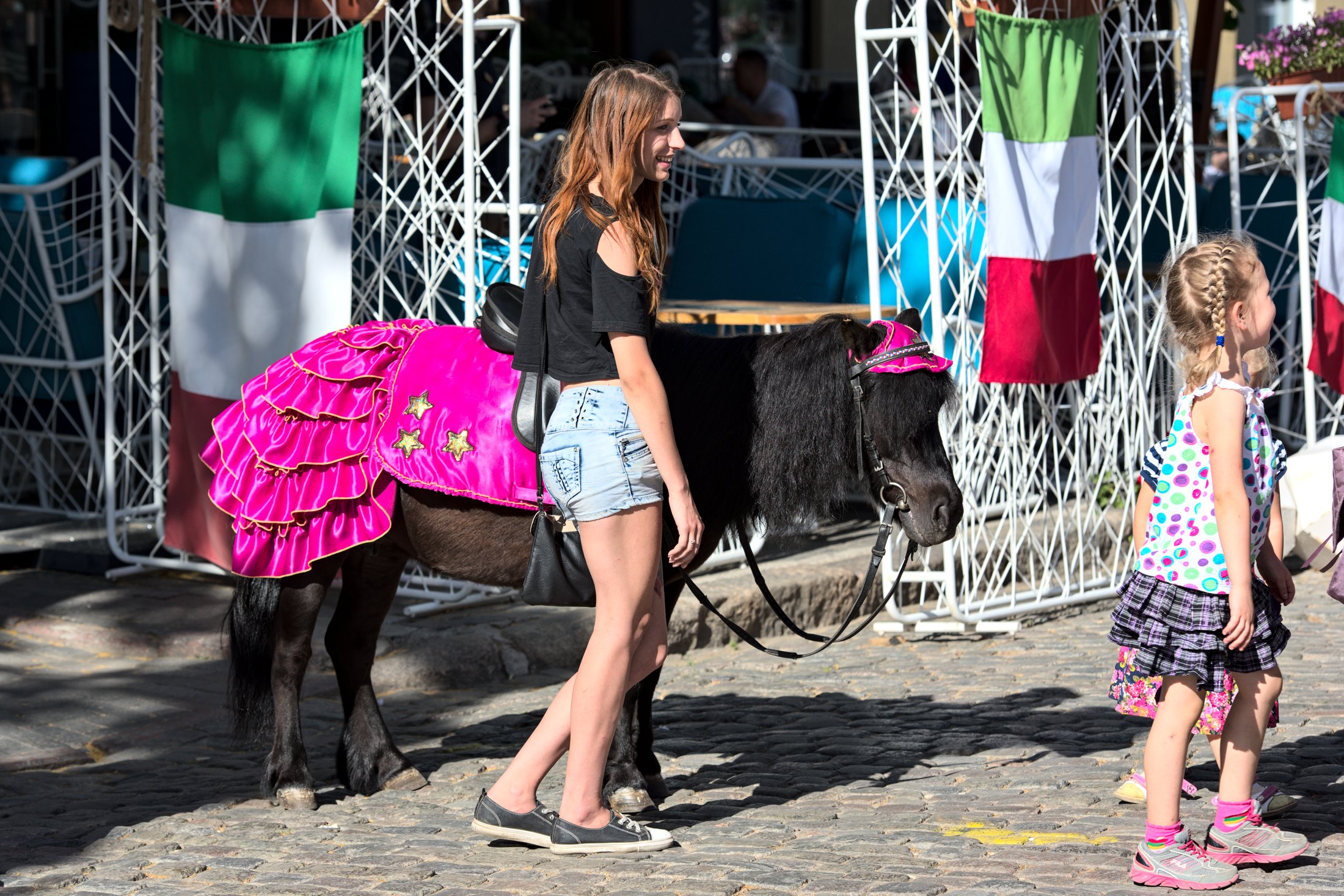
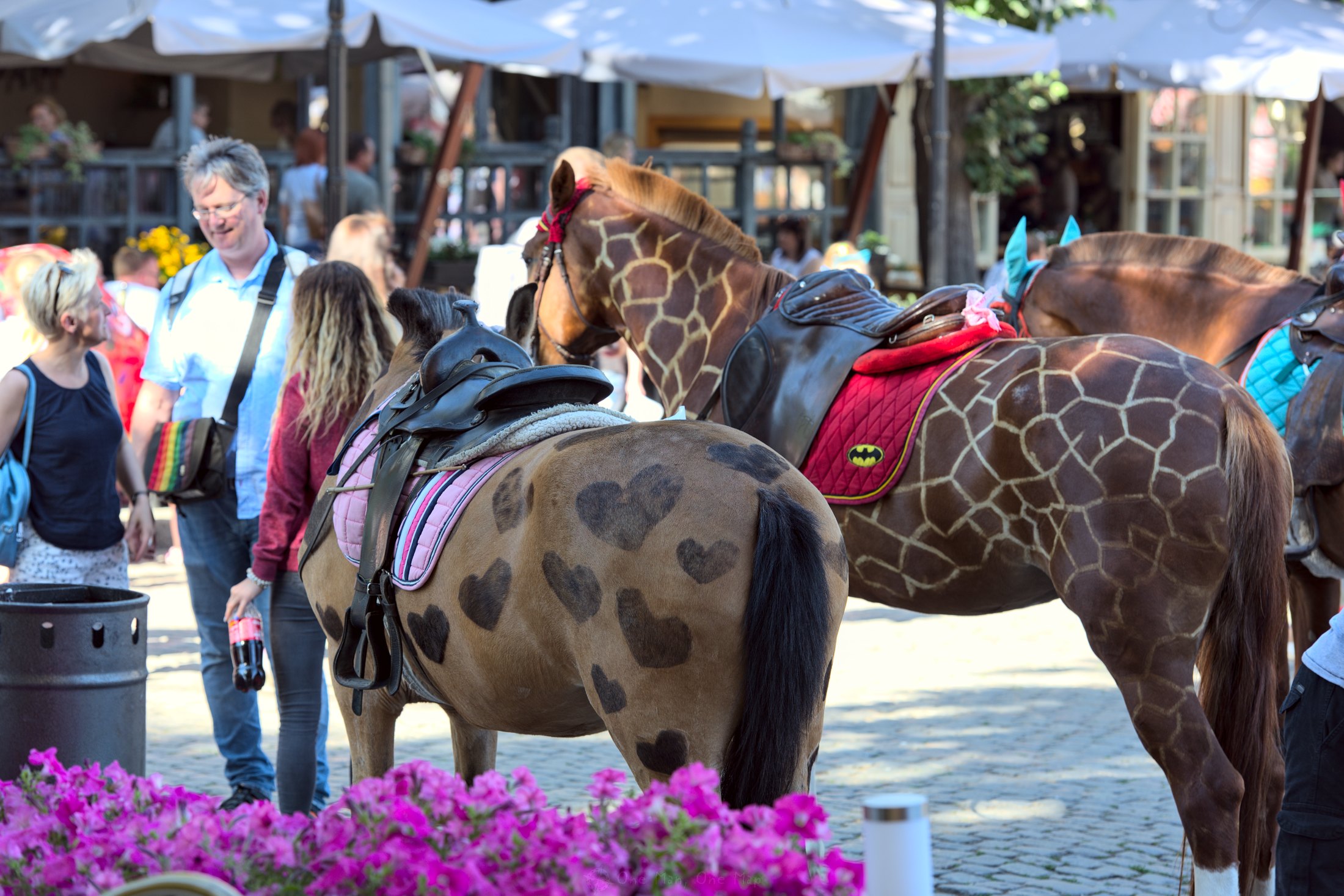
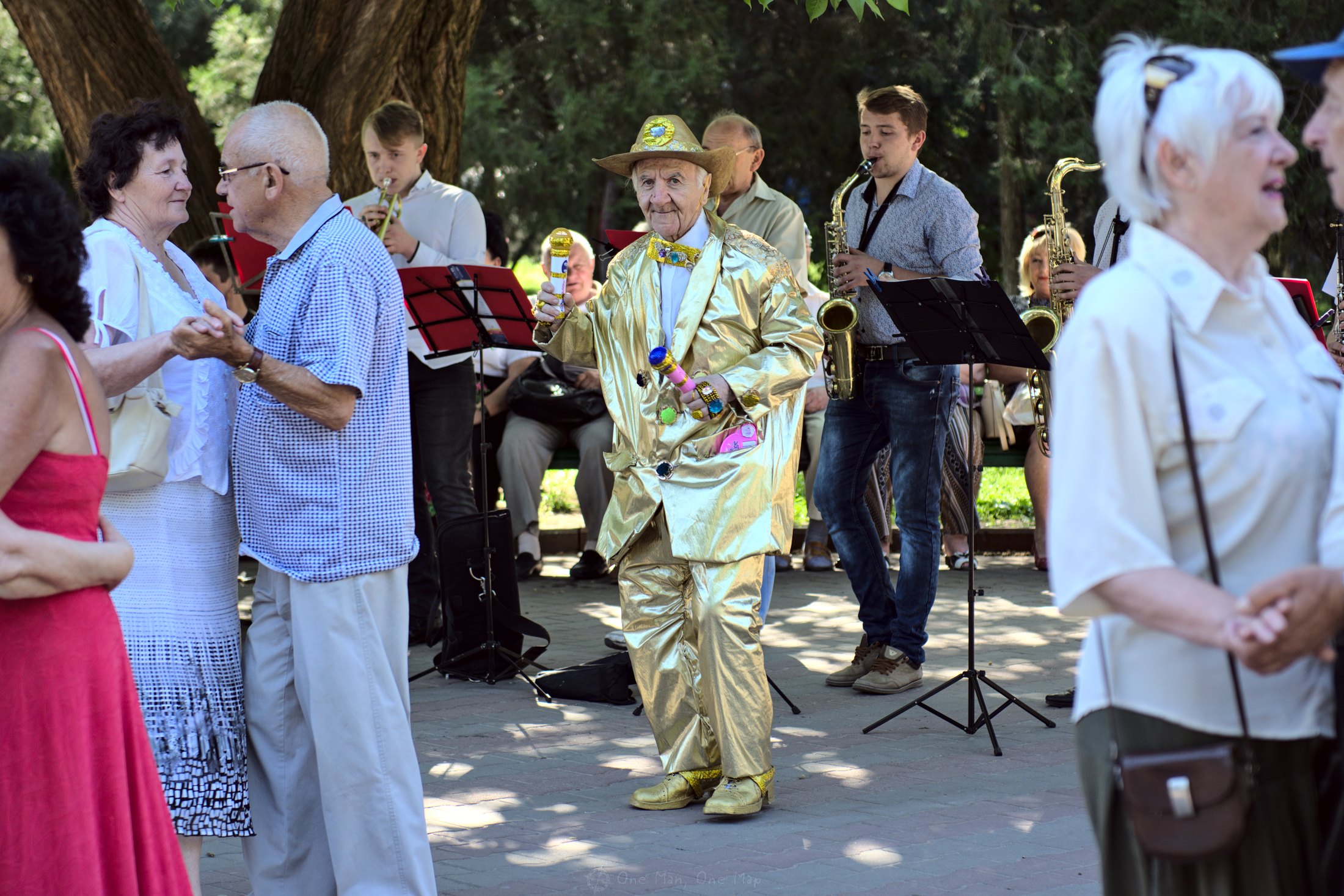

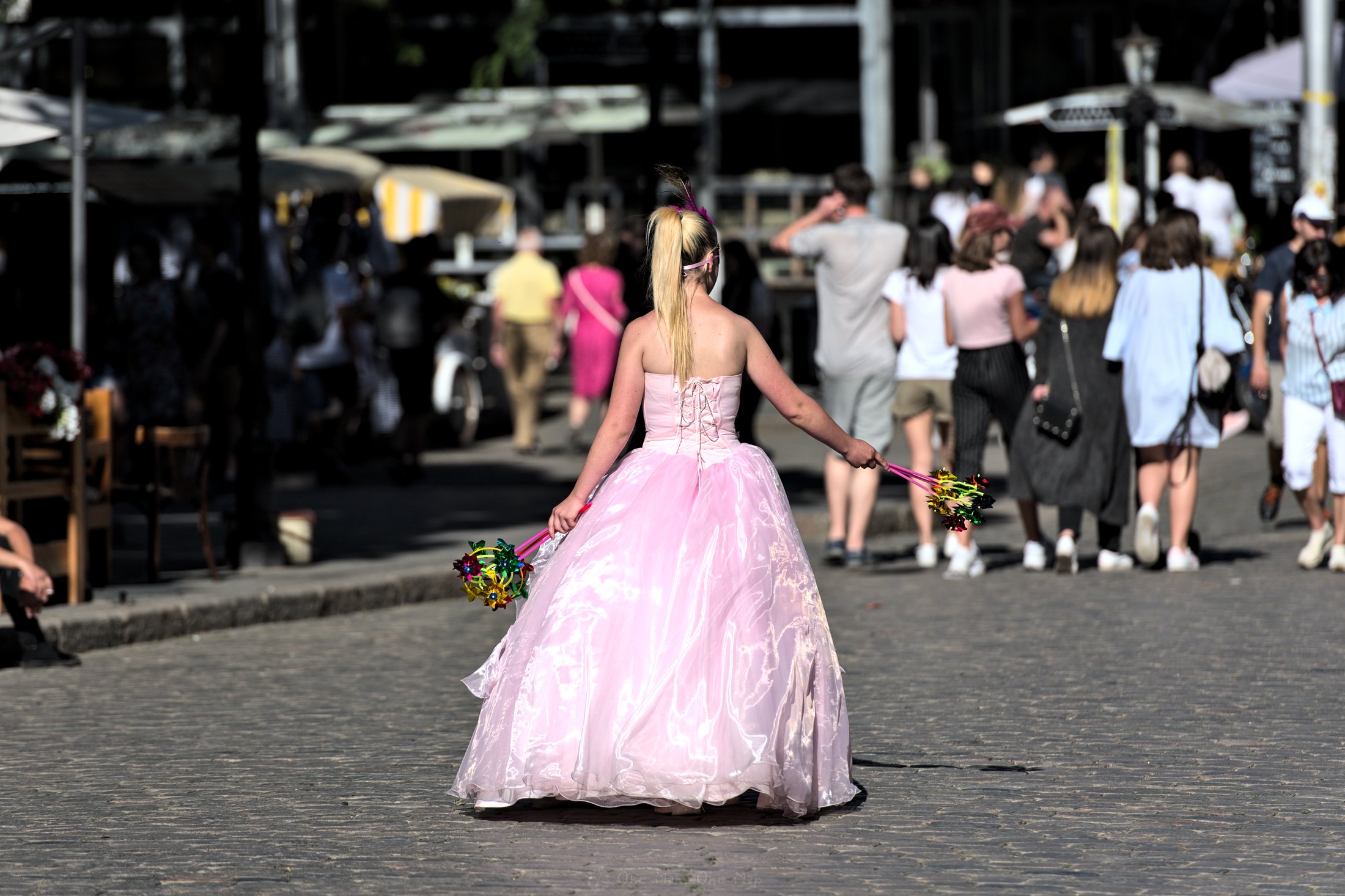
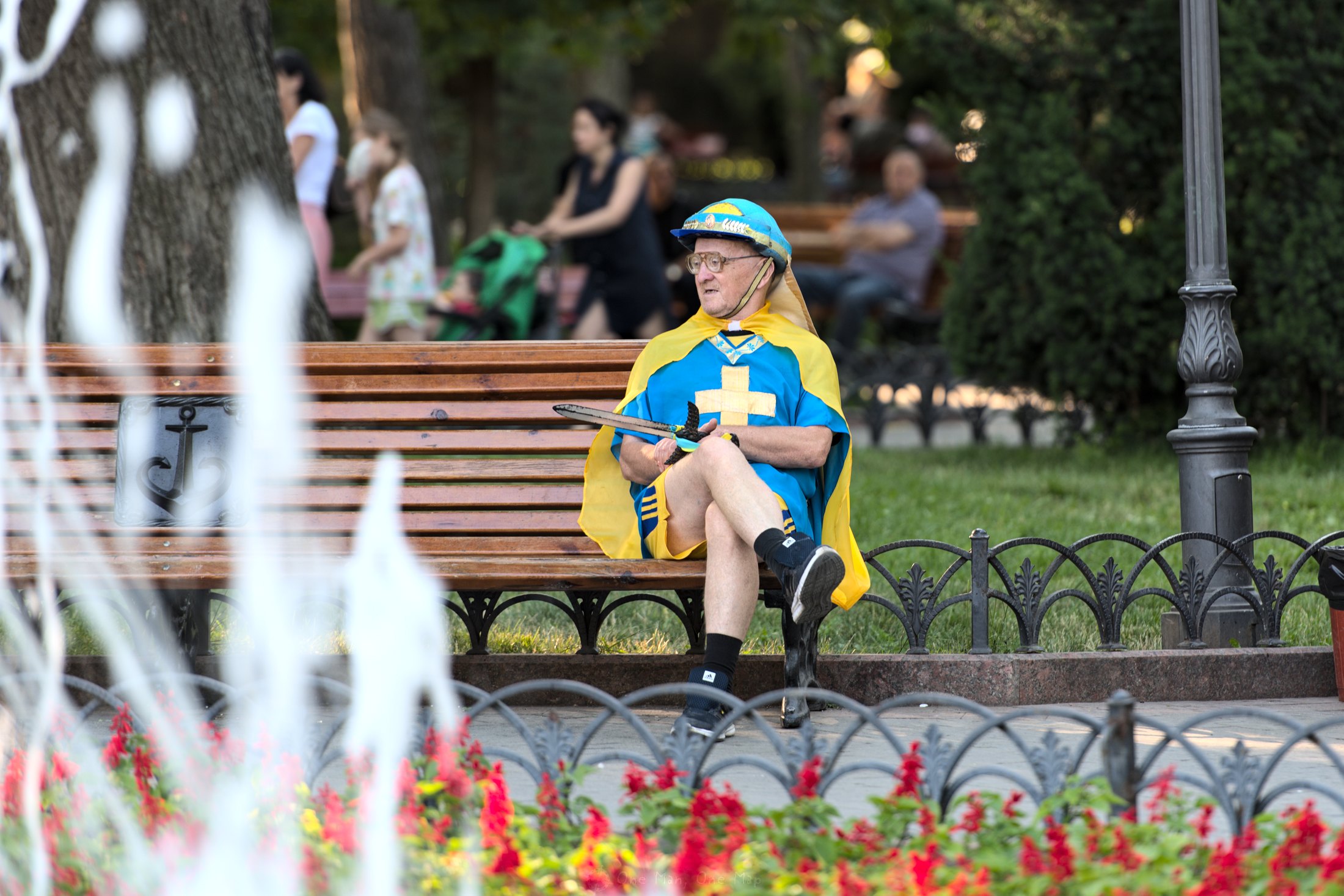
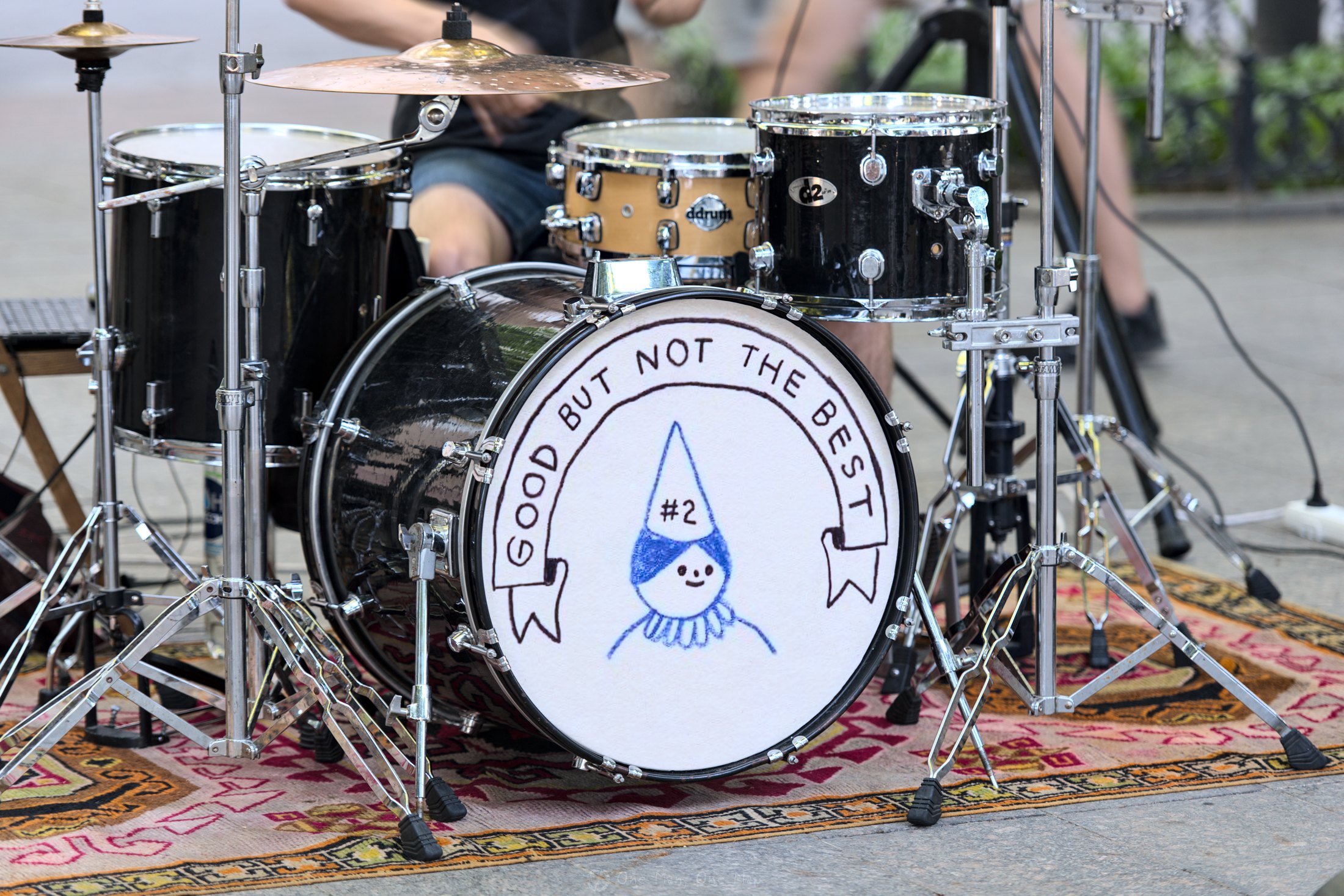
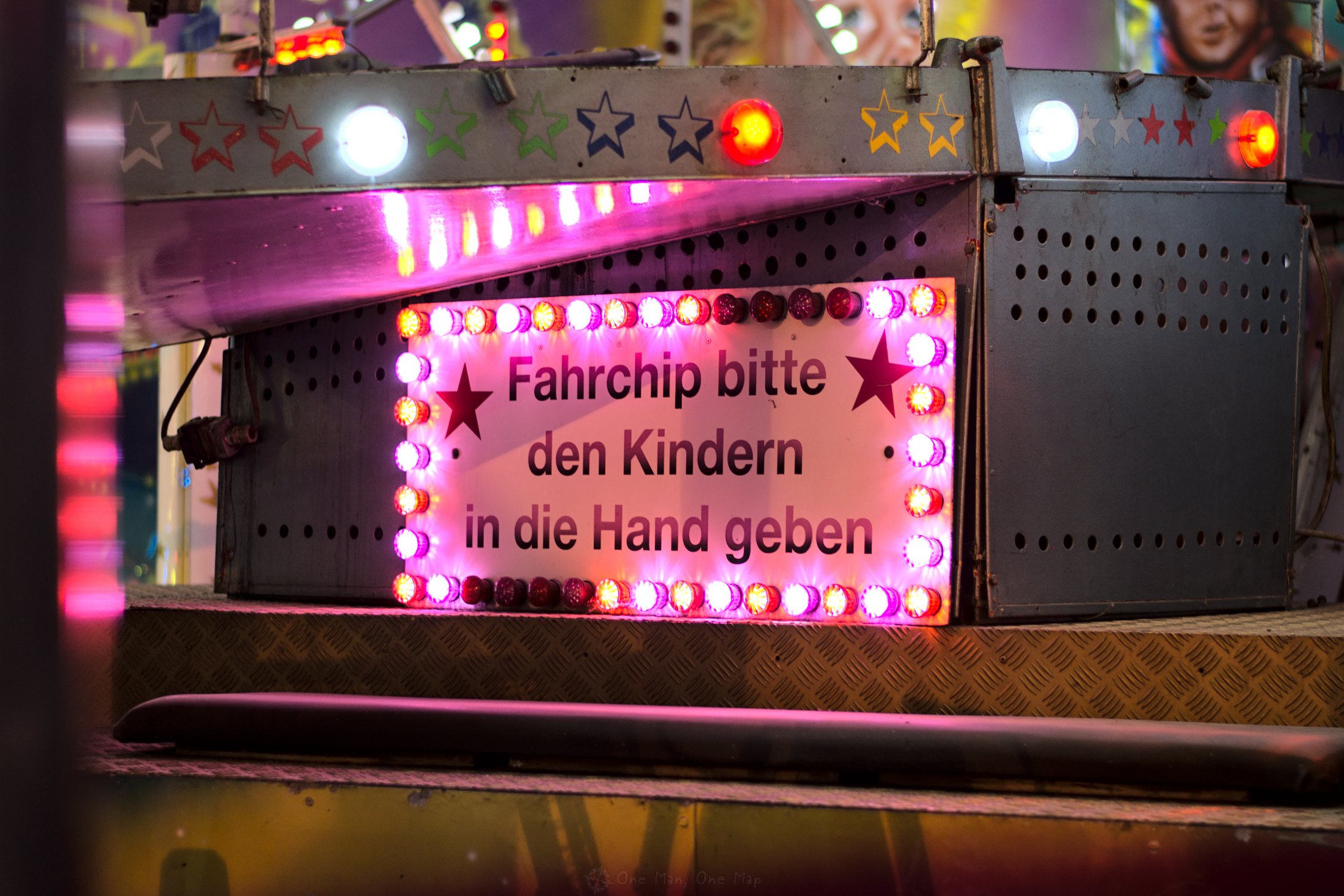
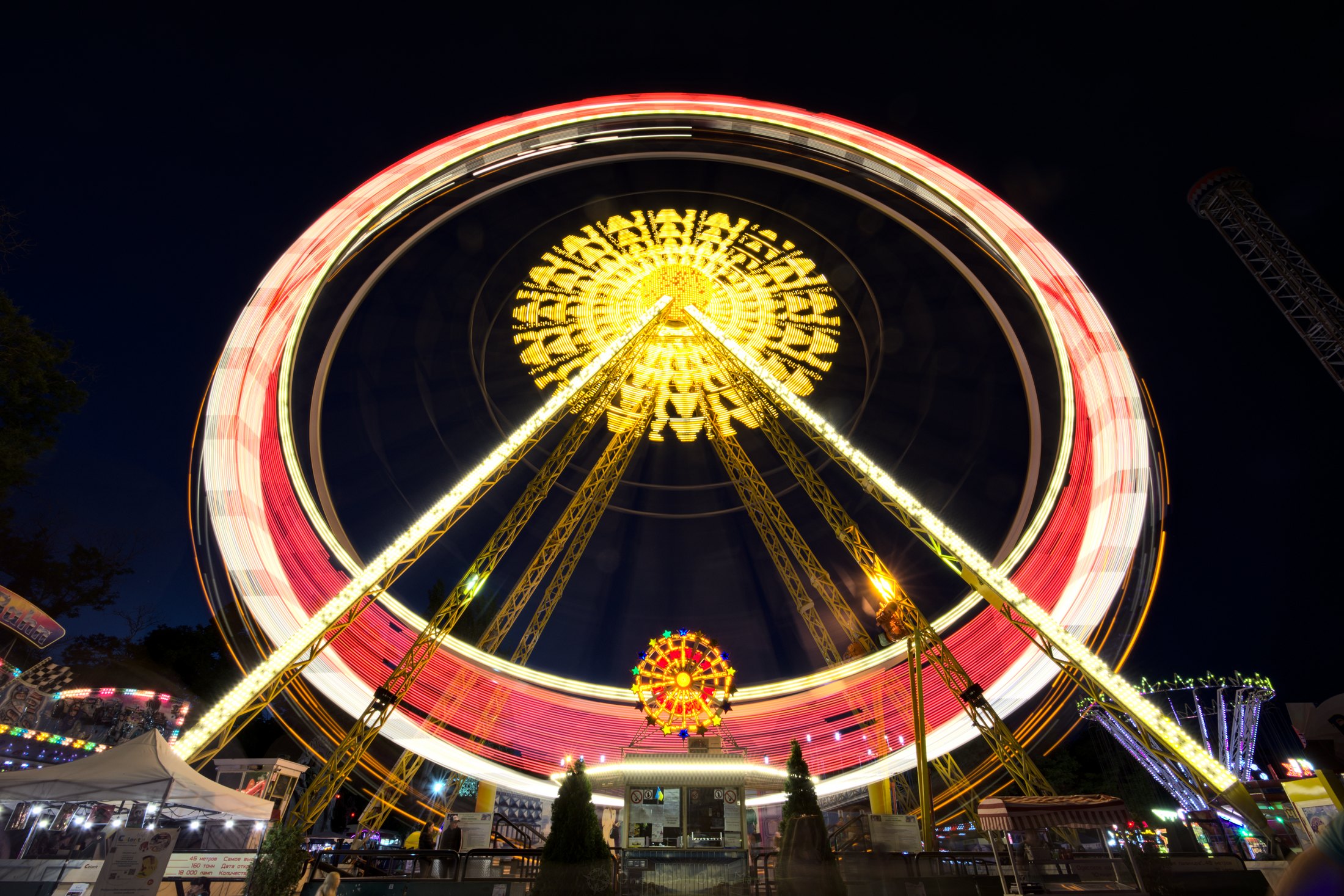
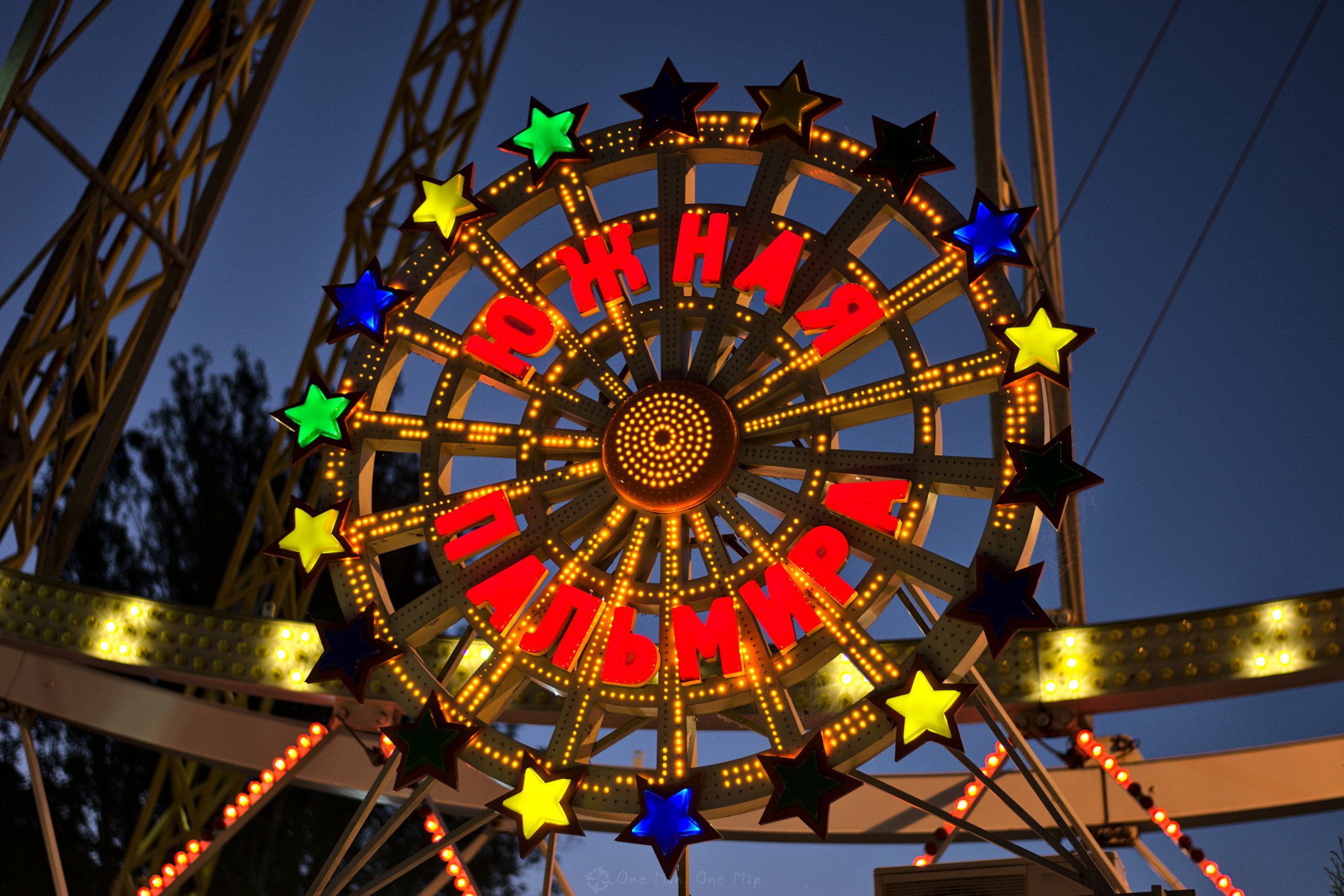
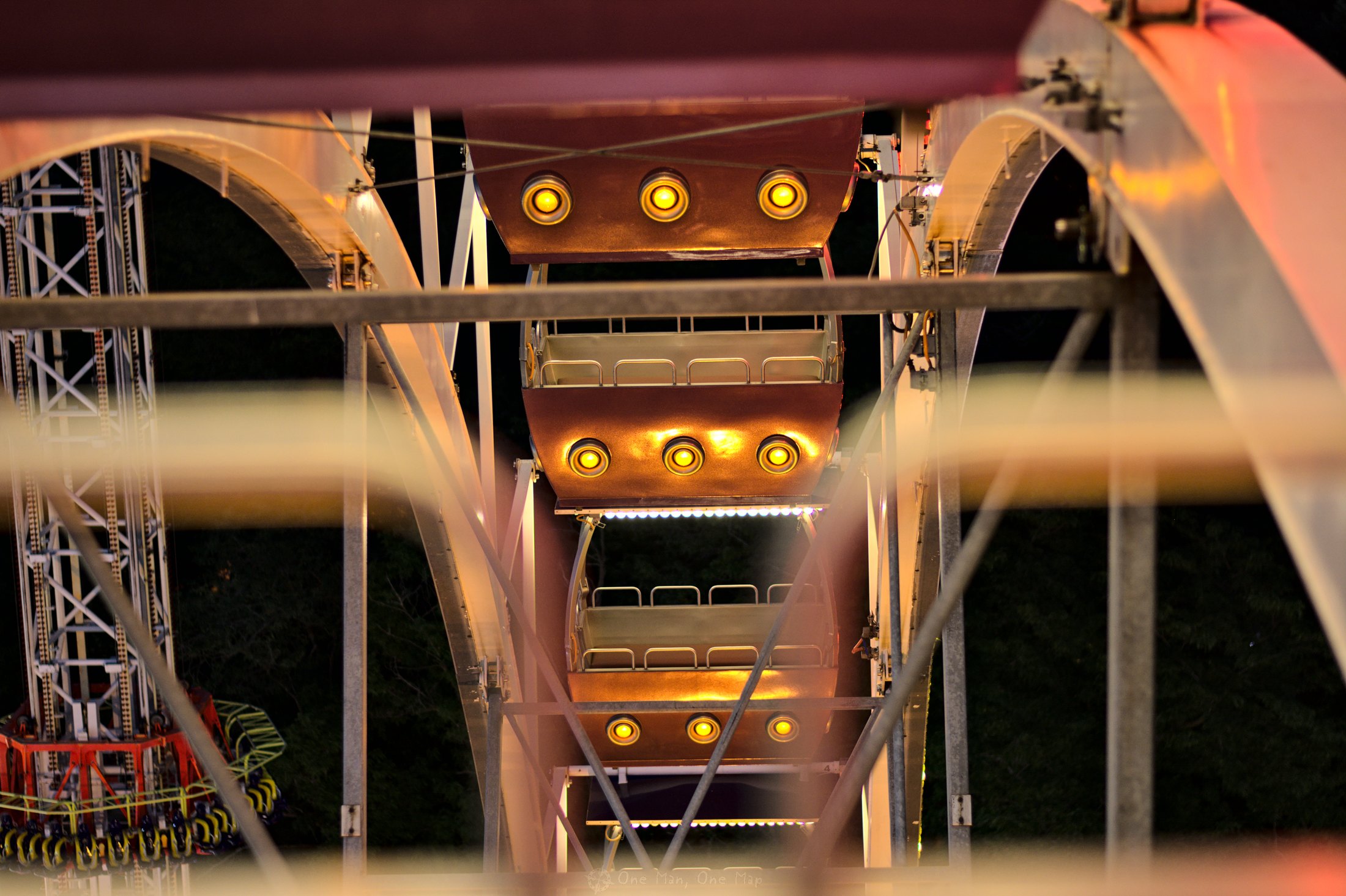
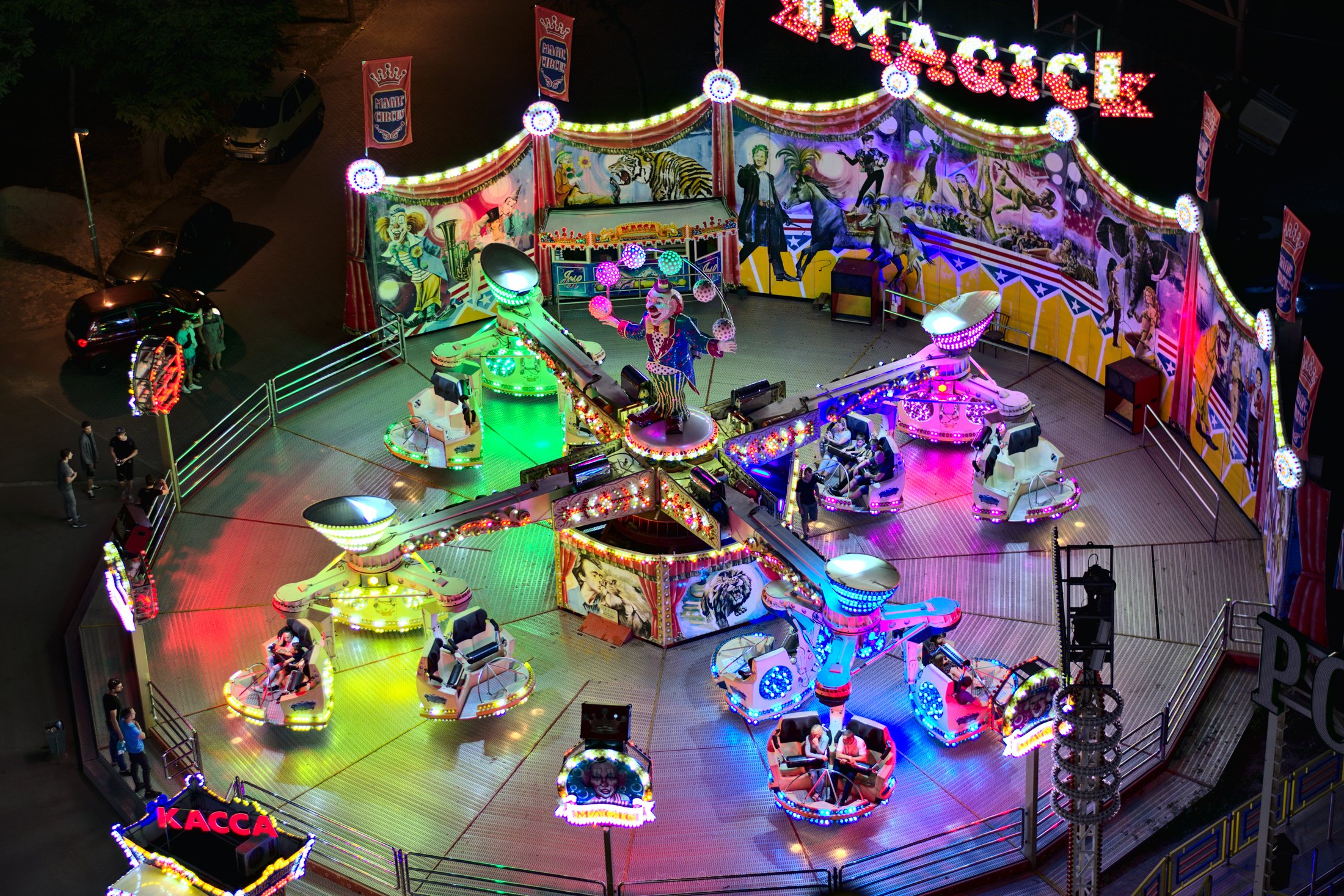

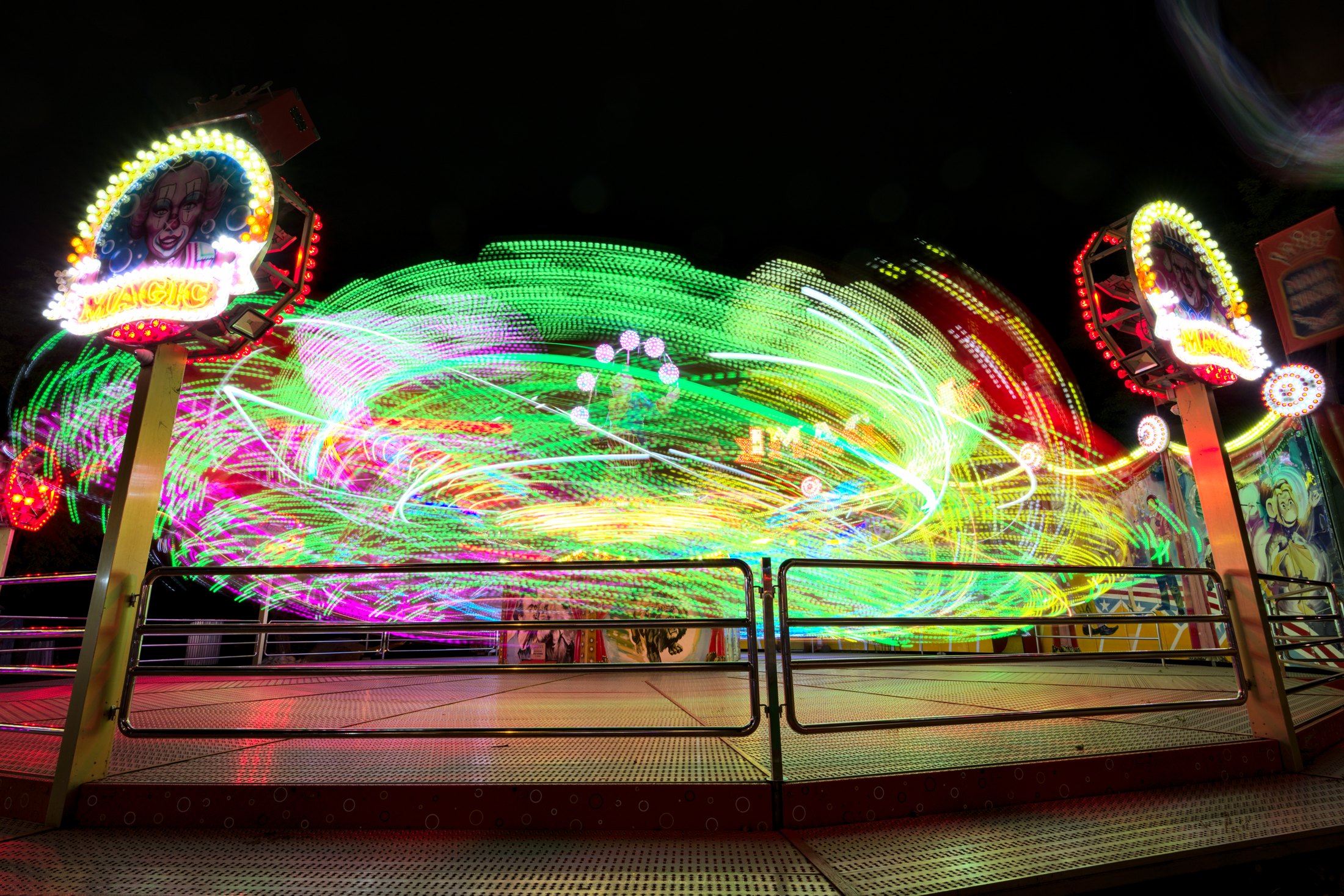
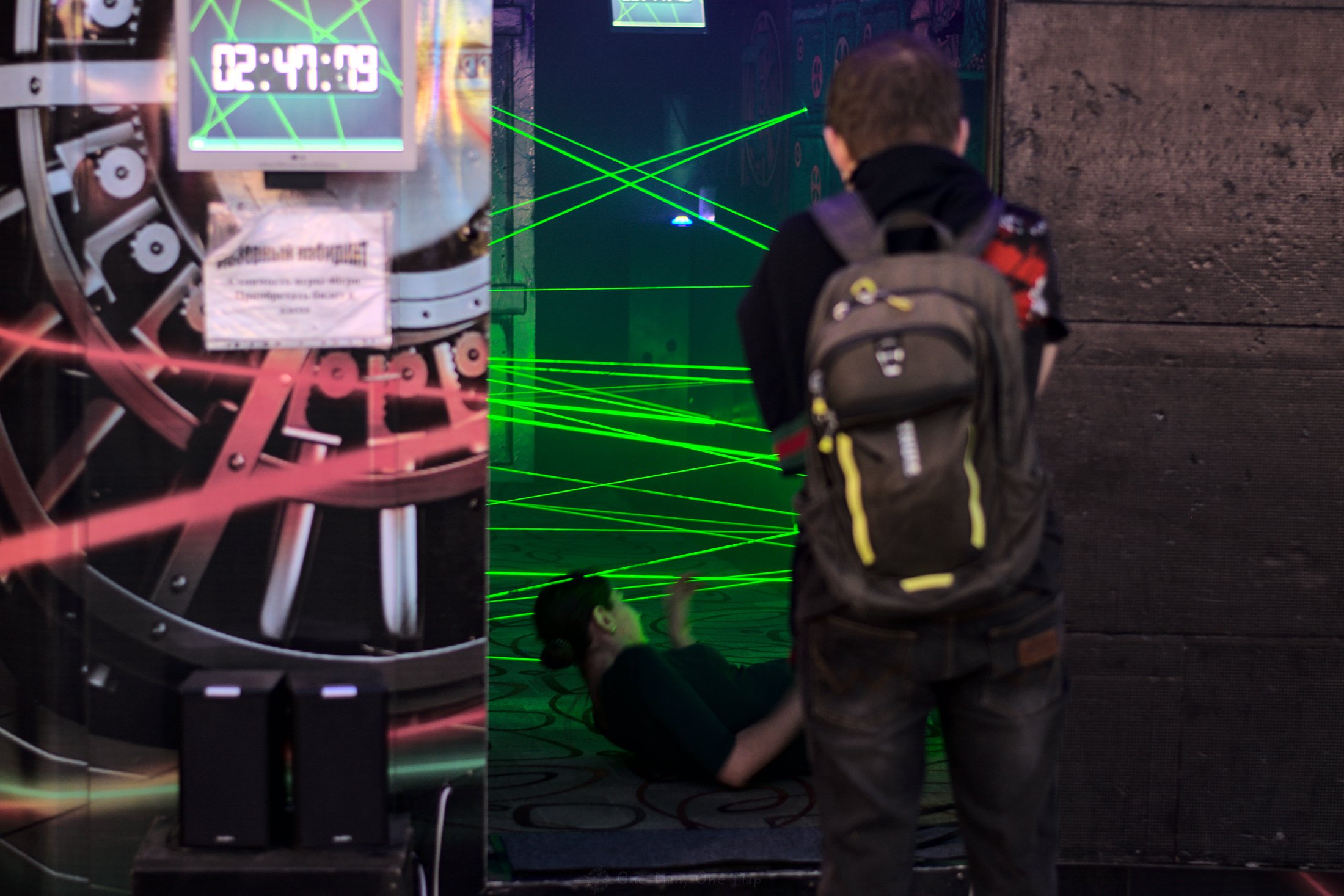
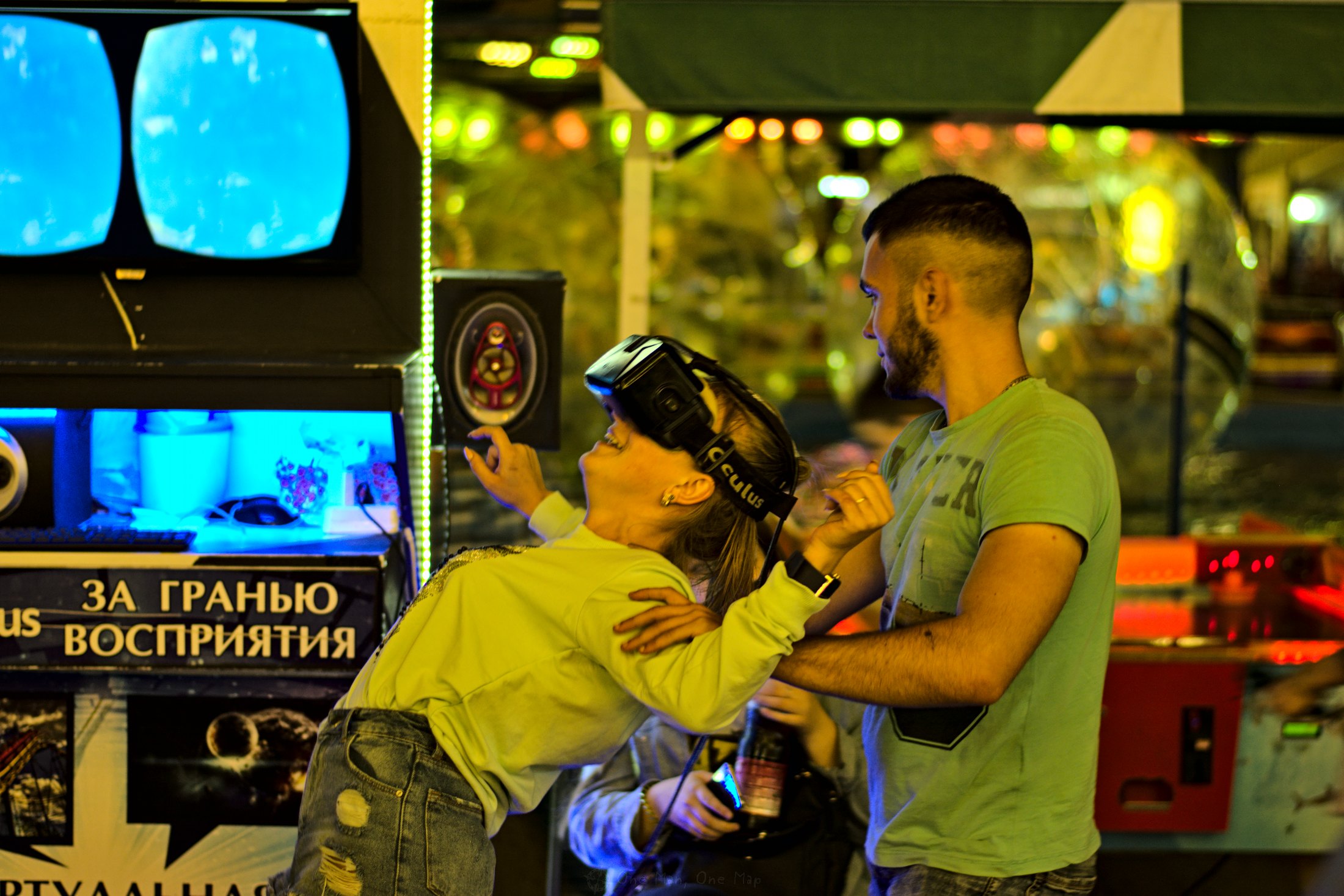
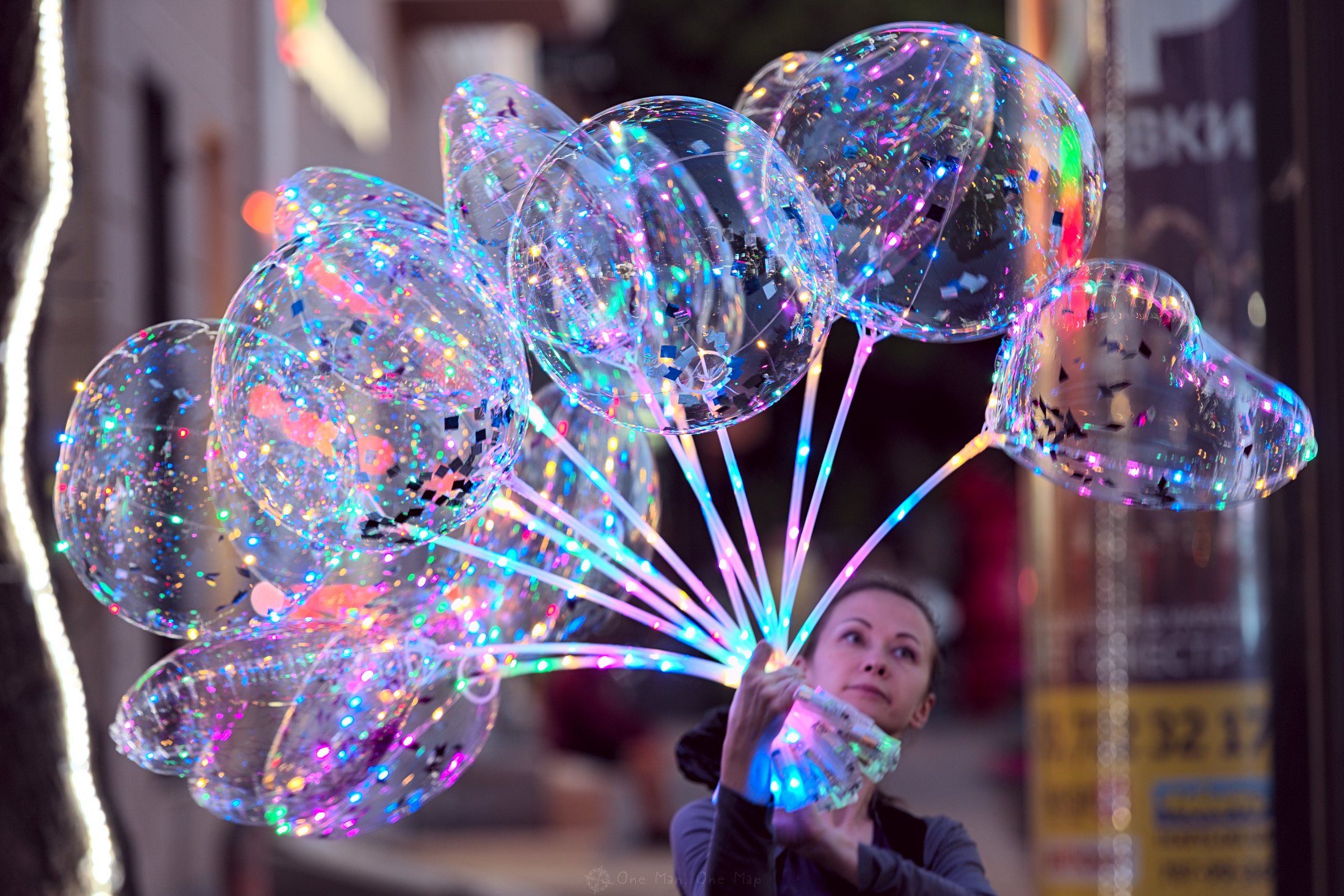
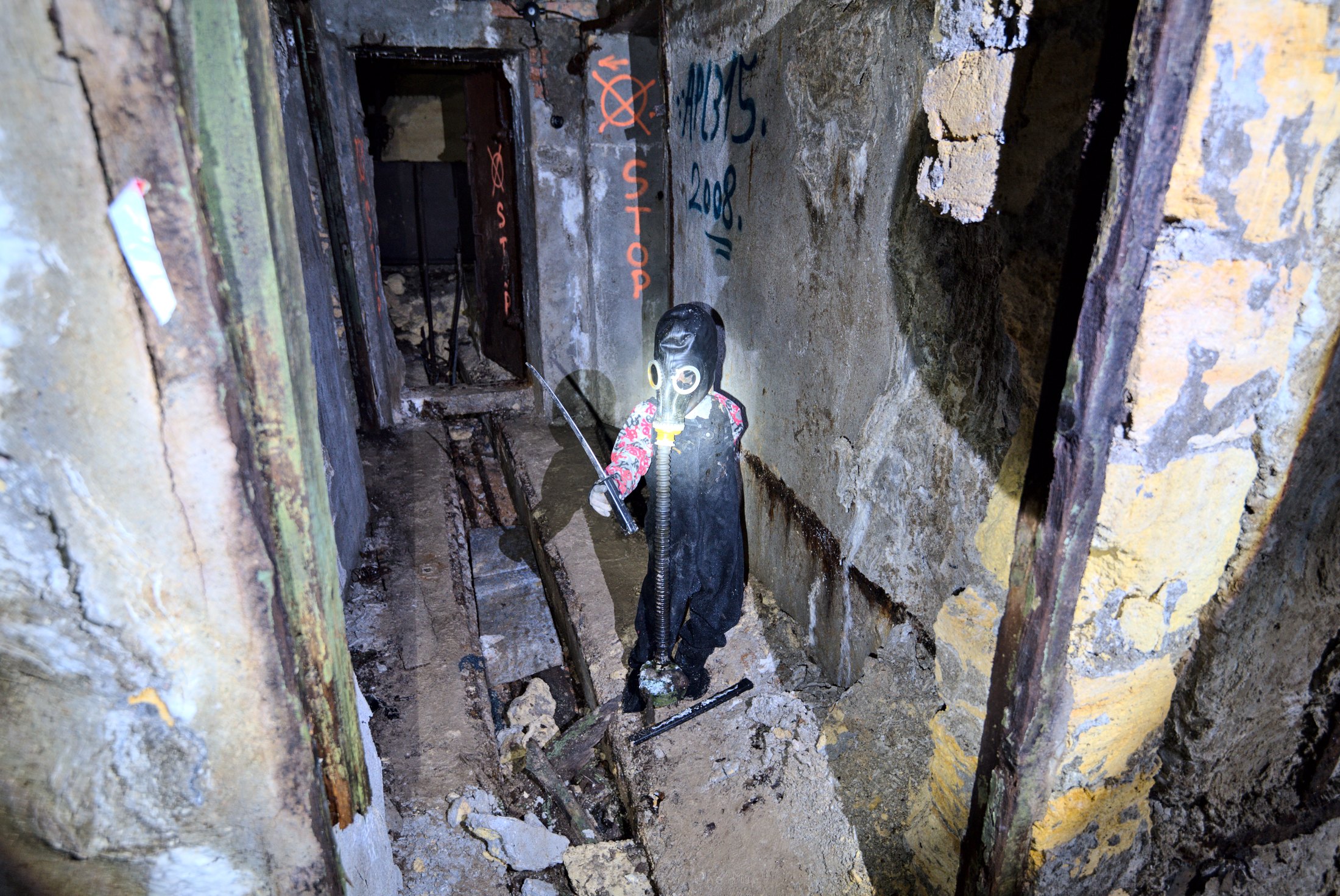

Hi Simon. Greetings from Denmark. Love your photos and your narratives. The pictures are warm and each tell a story, you seem to catch the “soul” of the situation and the warmth of summer in Odessa. The people there seem modest and dignified at the same time, the beach looks nice. I will spend a couple of days in Odessa come summer 2021. I have also had inspiration from your other material.
Regards Lars Christensen.
Thank you! Let’s all hope that the whole travel situation returns back to normal soon…